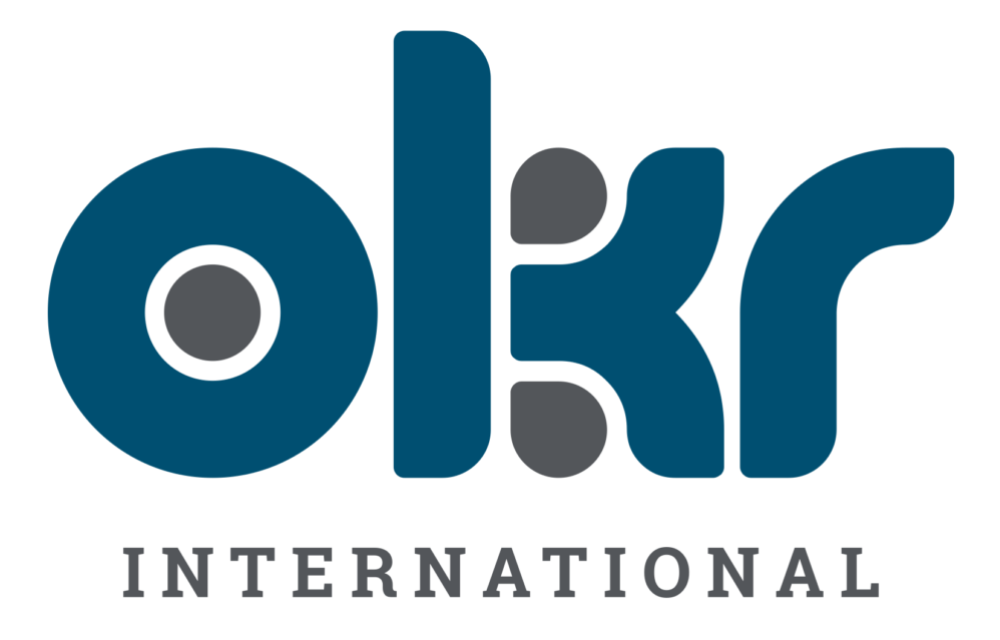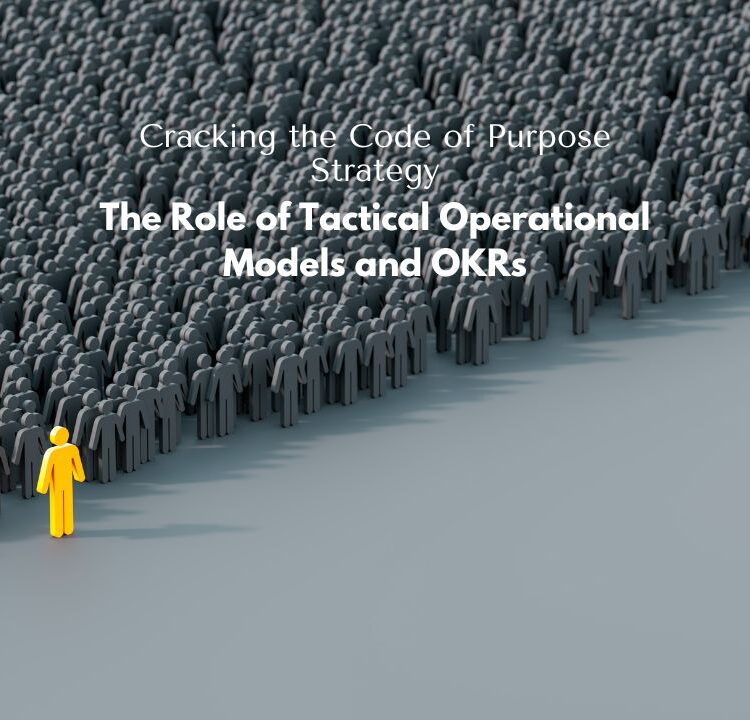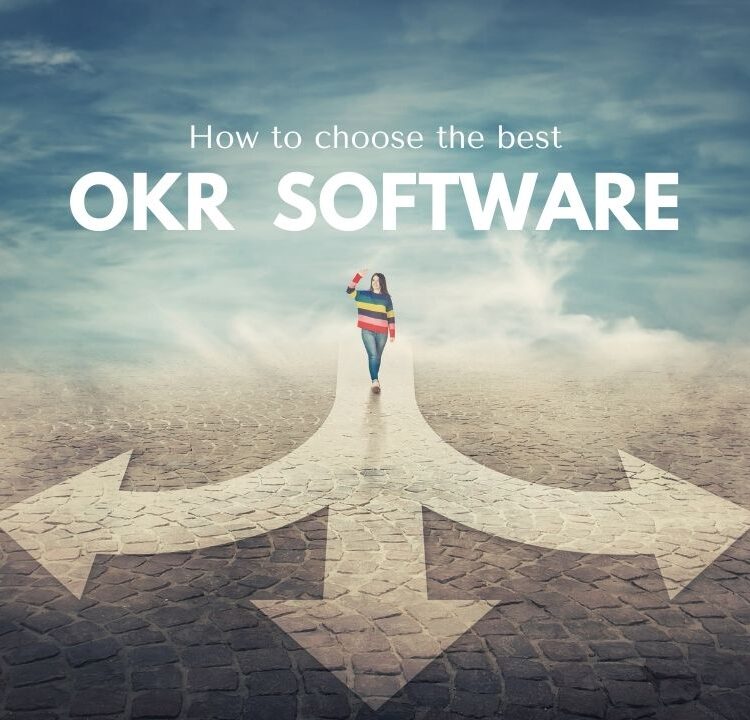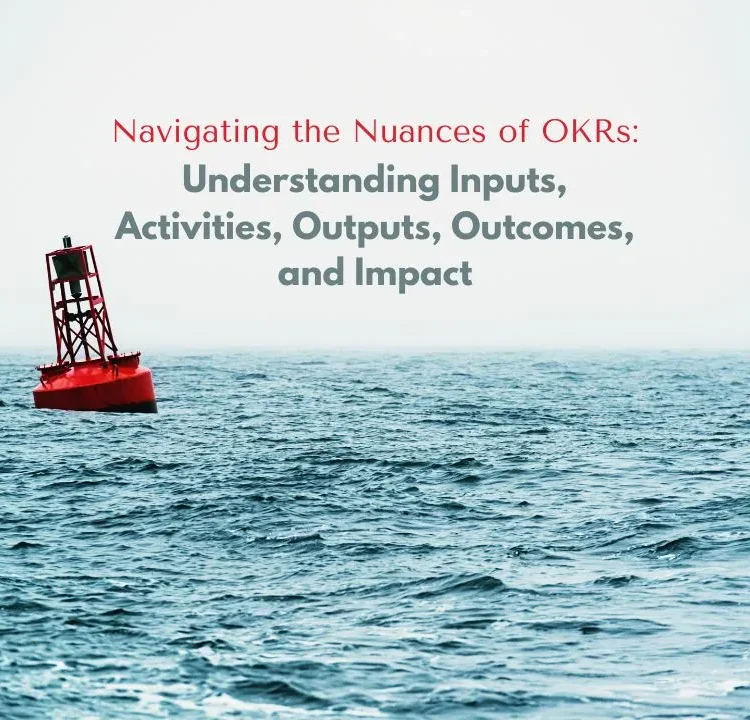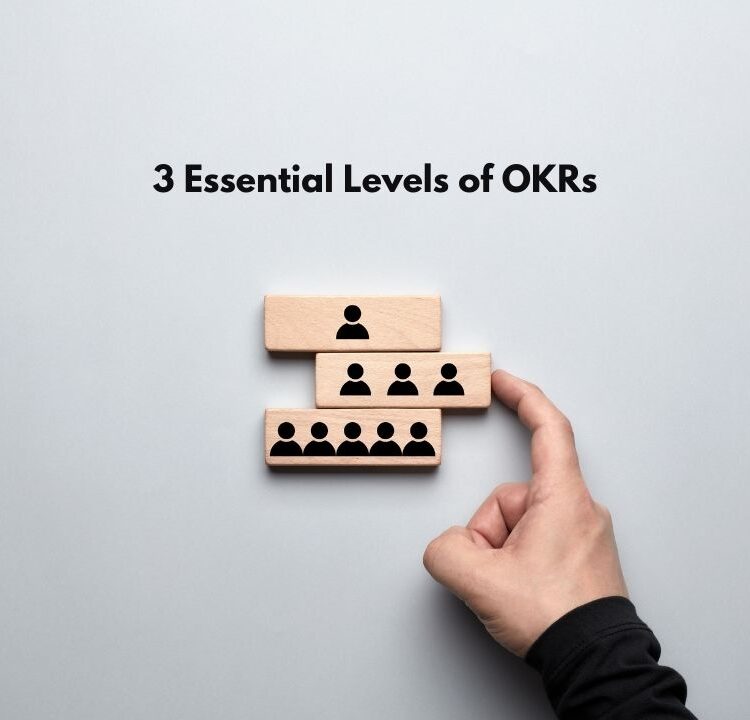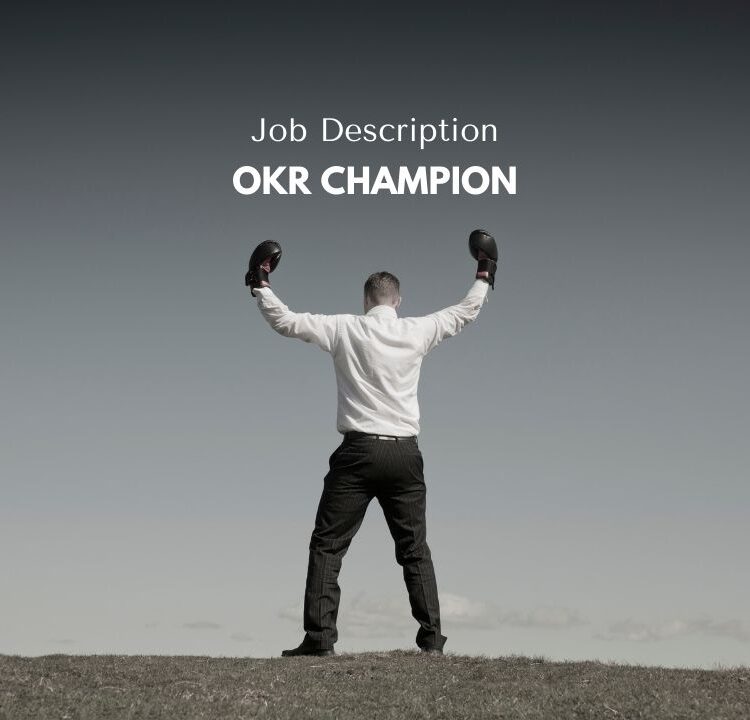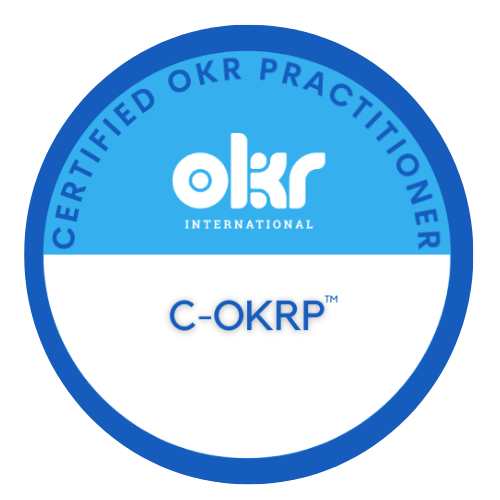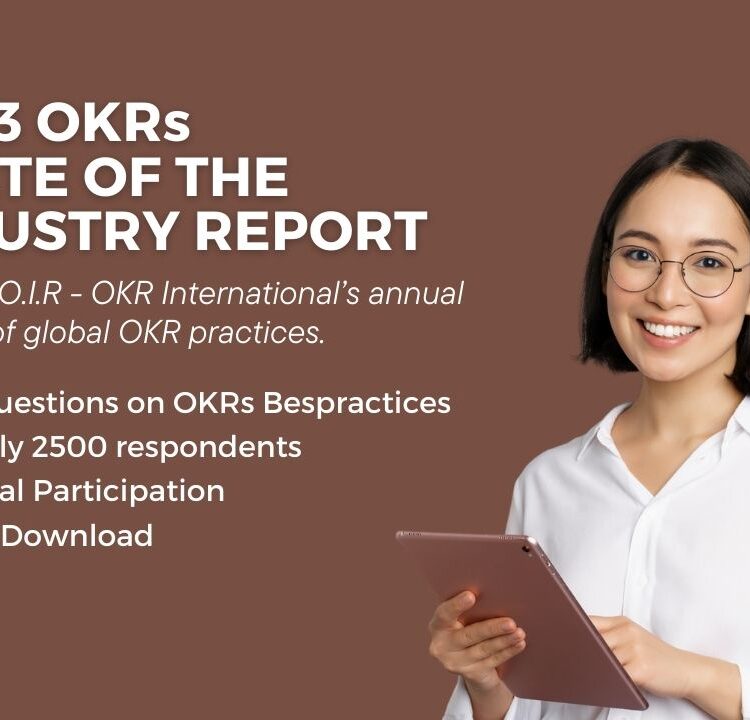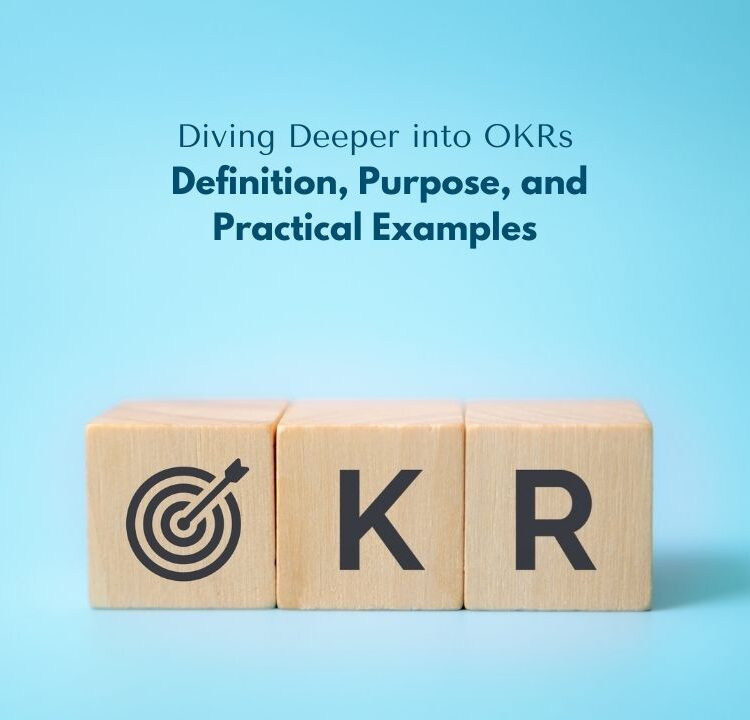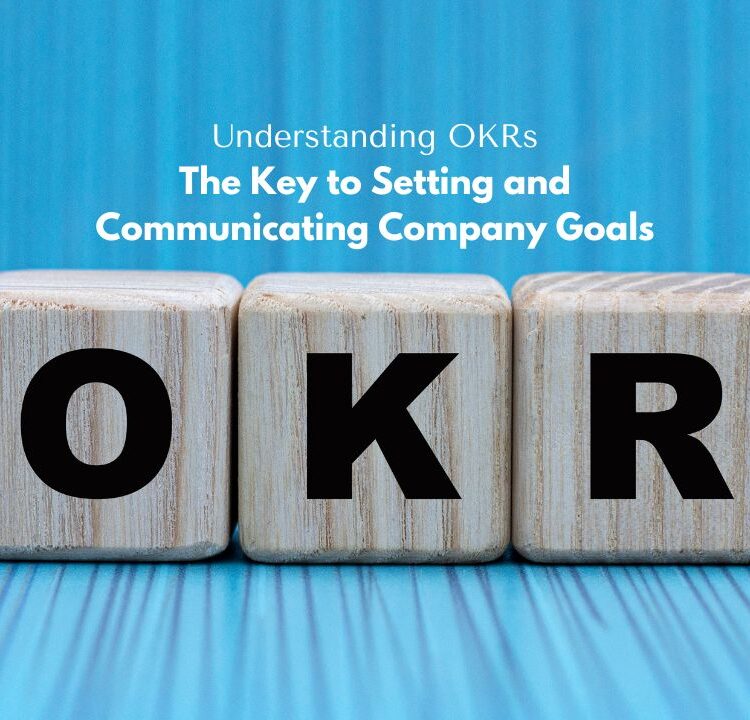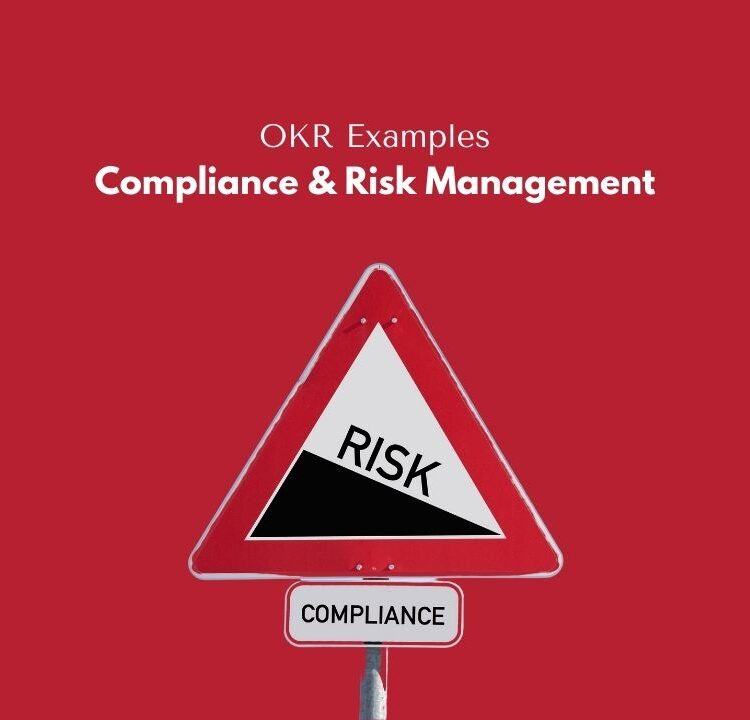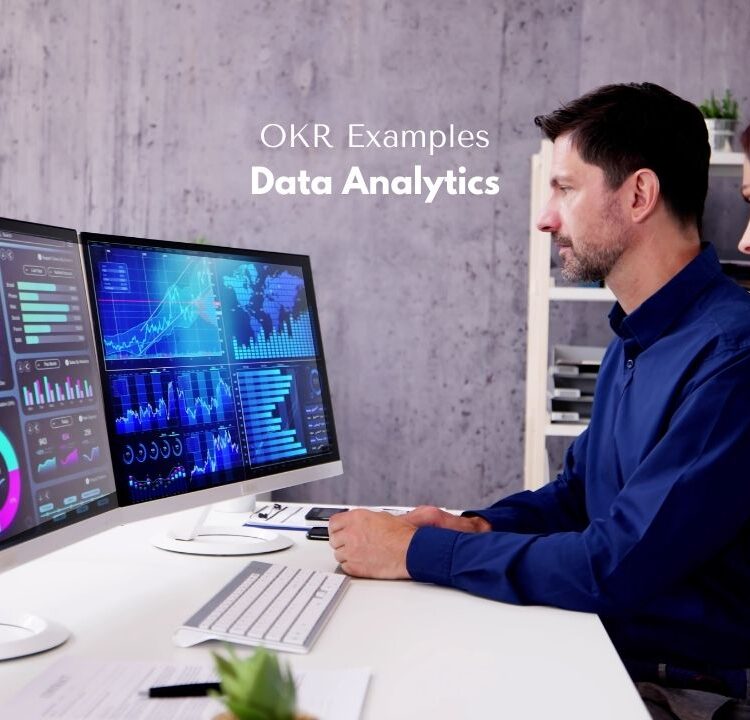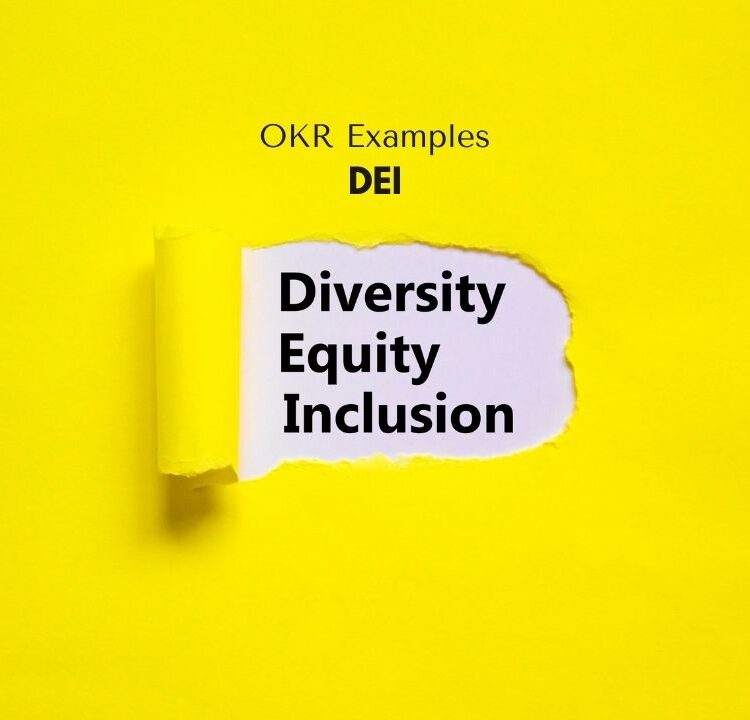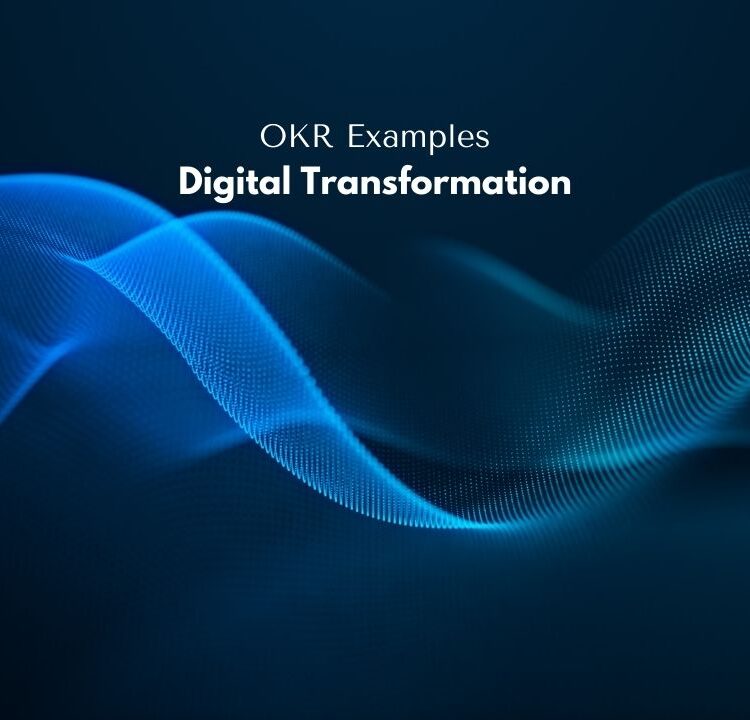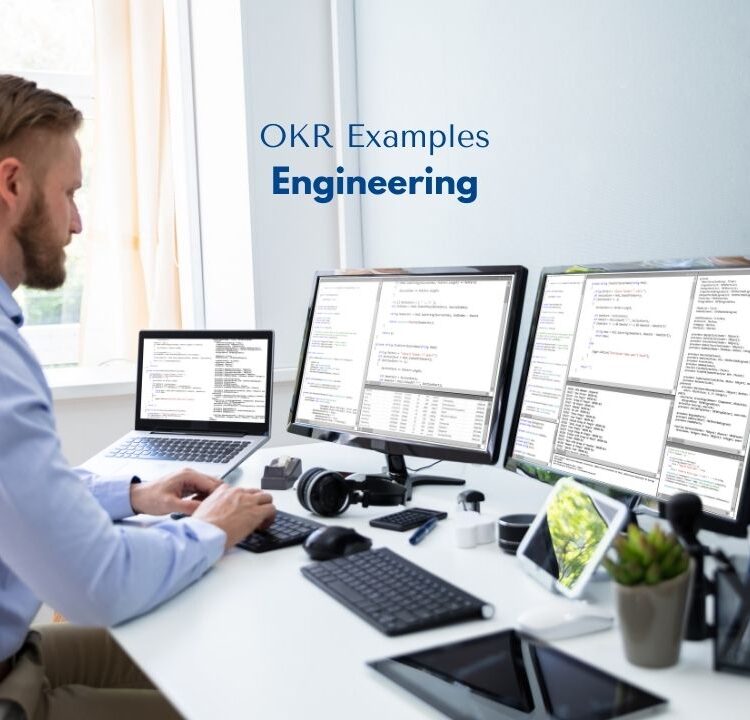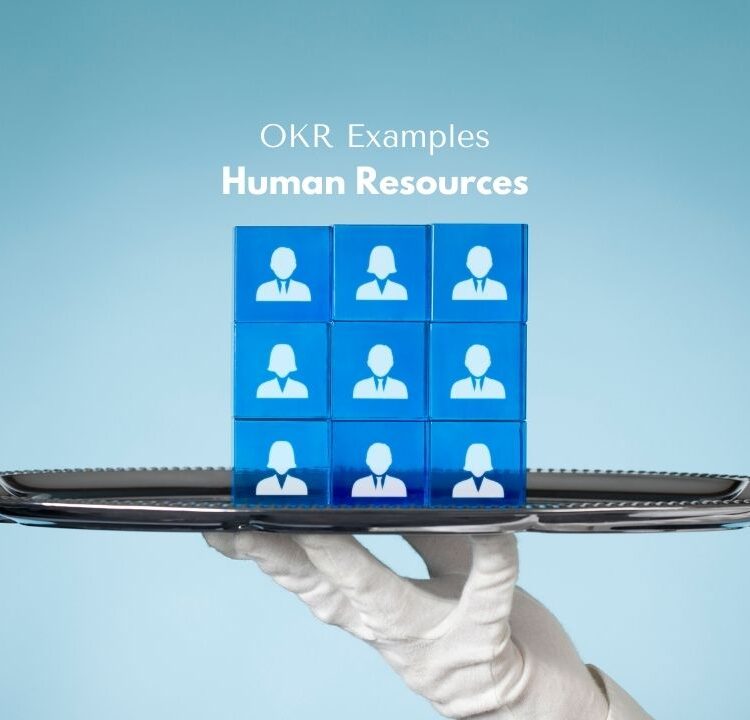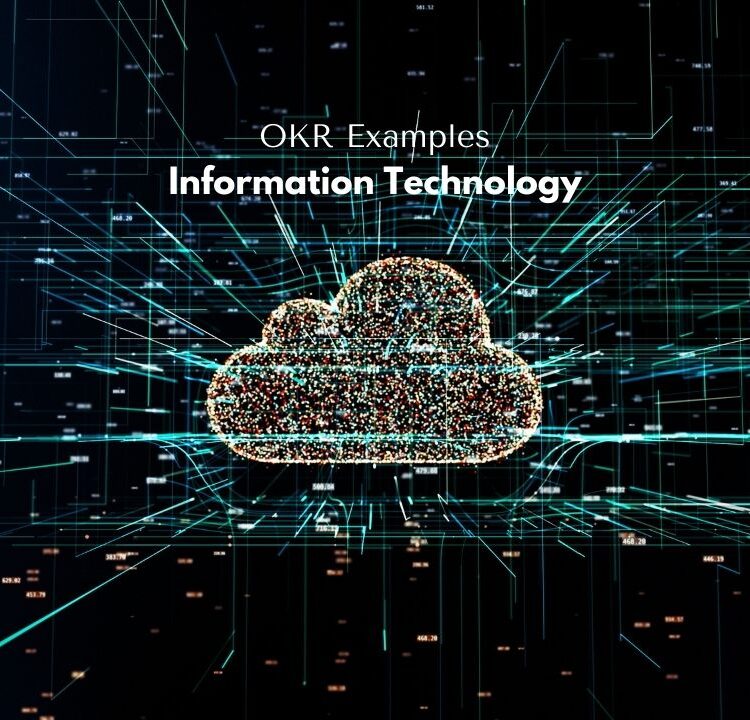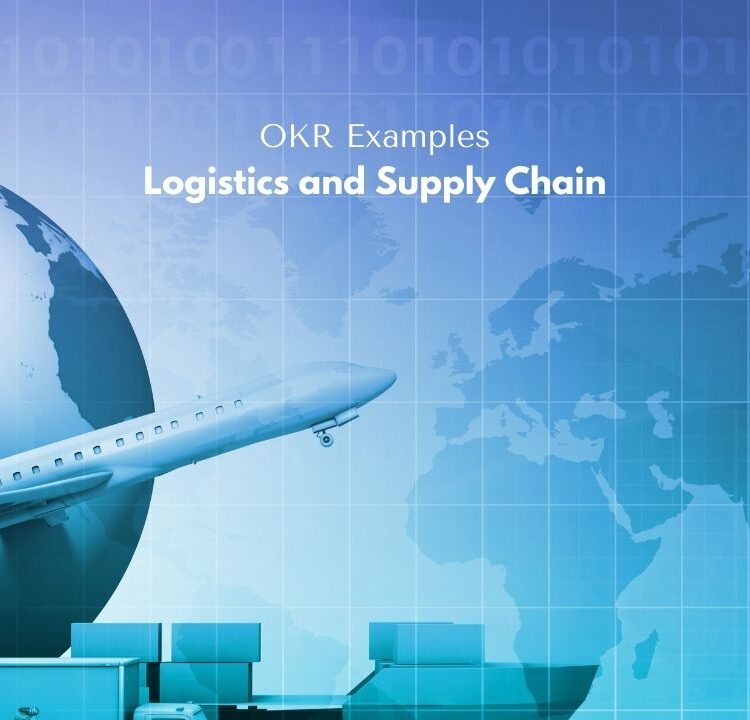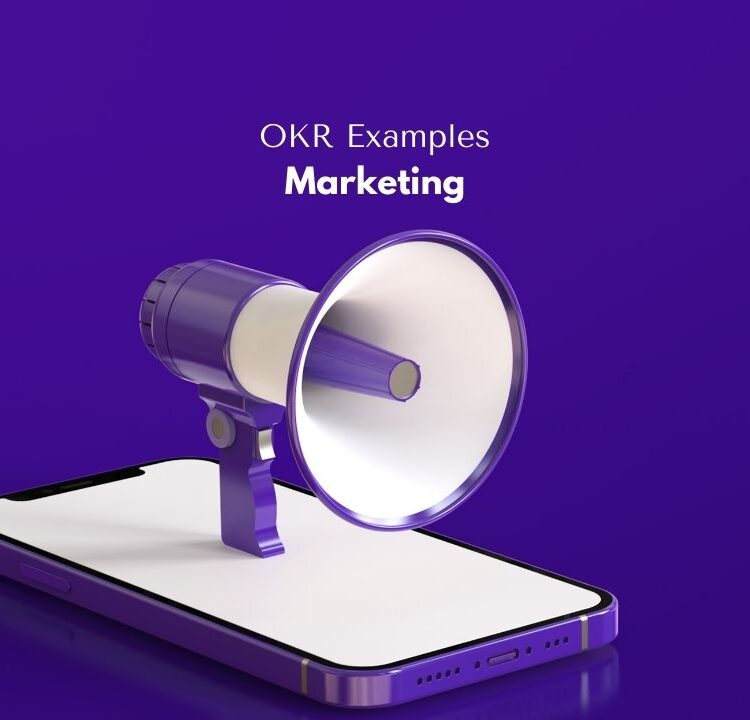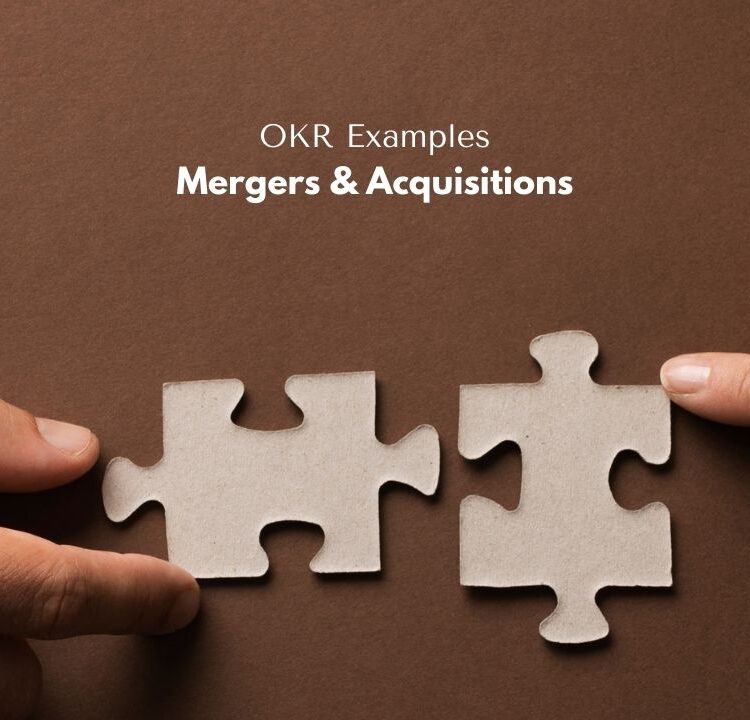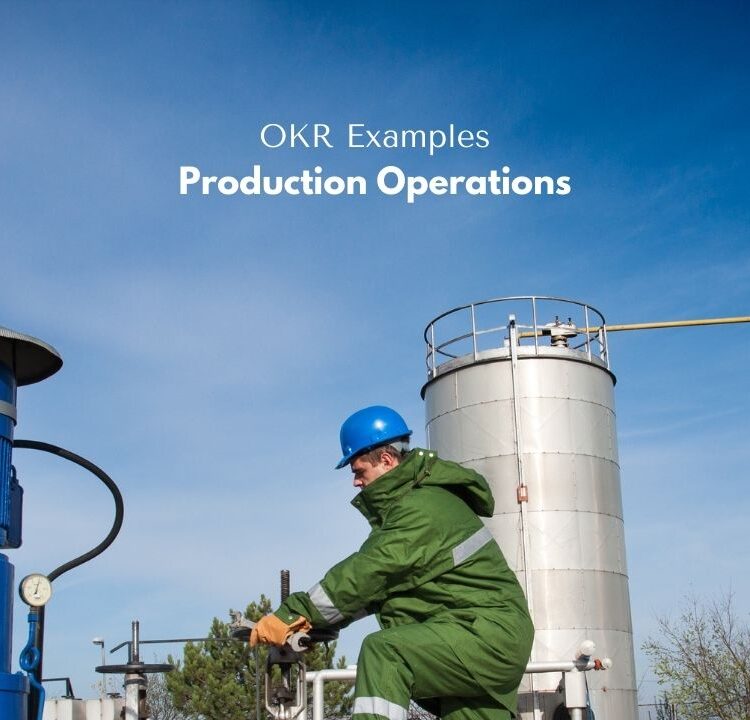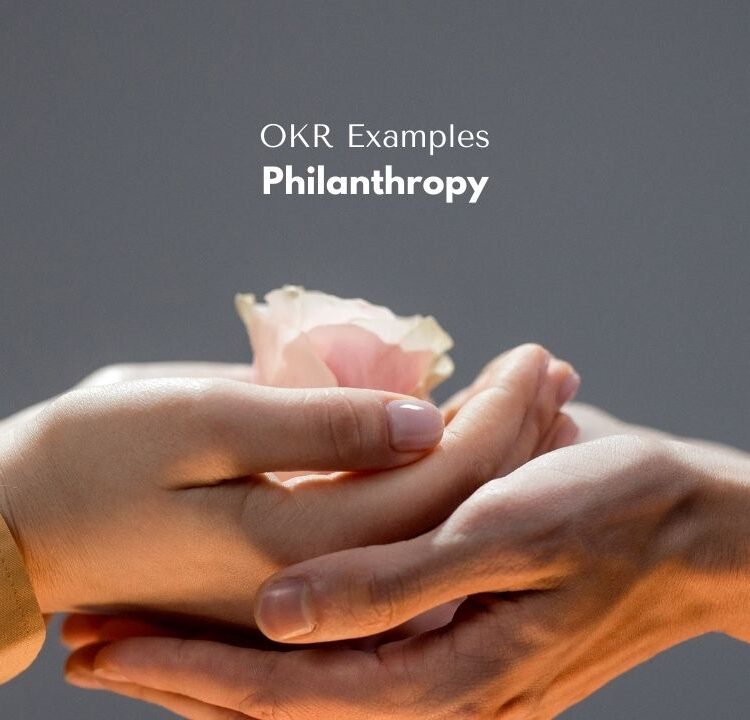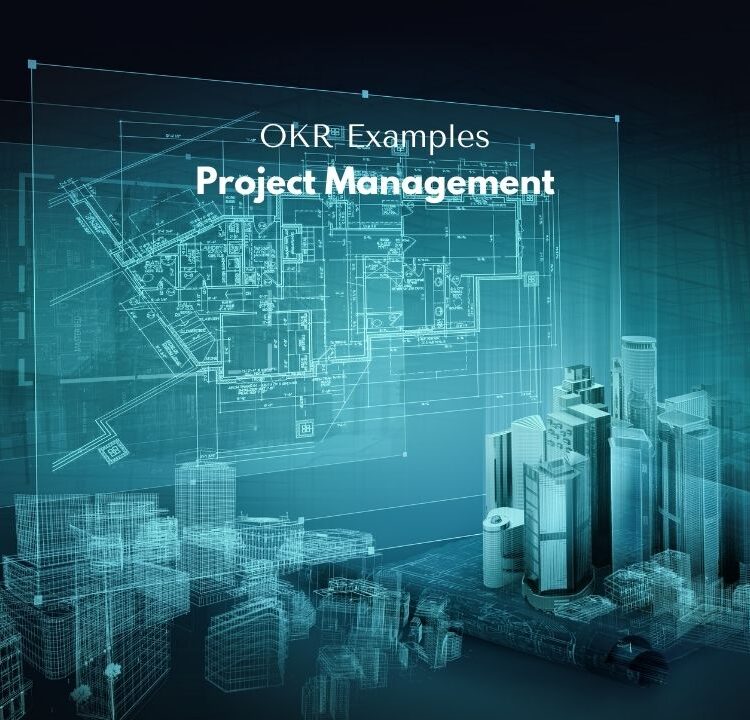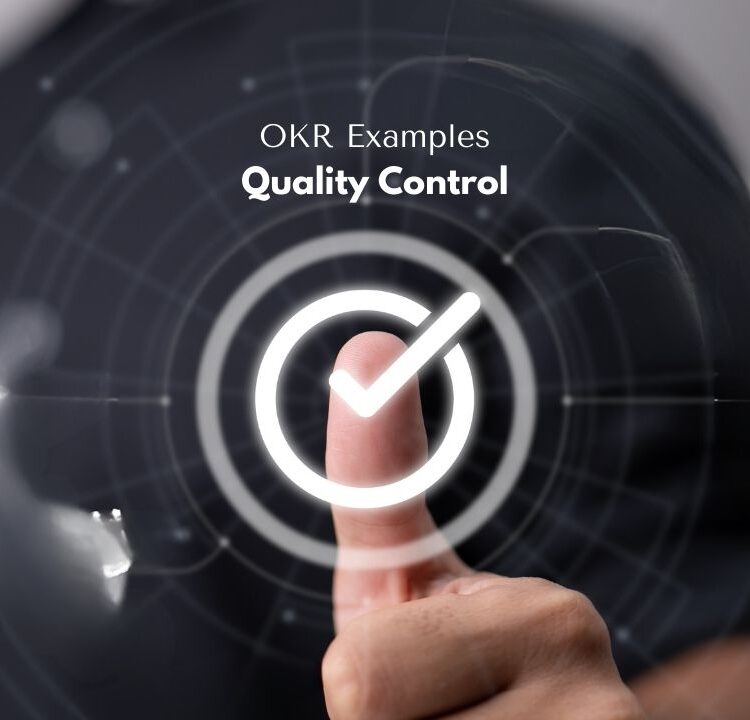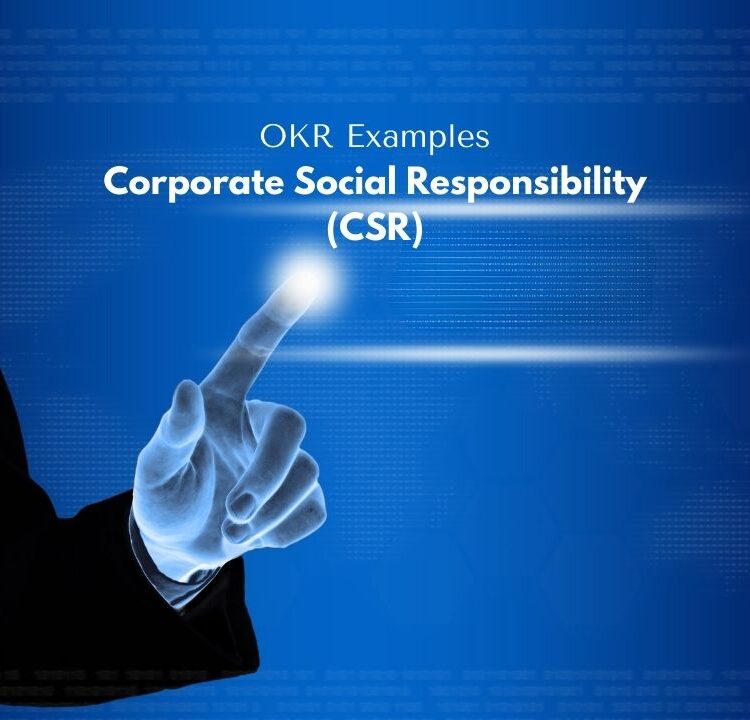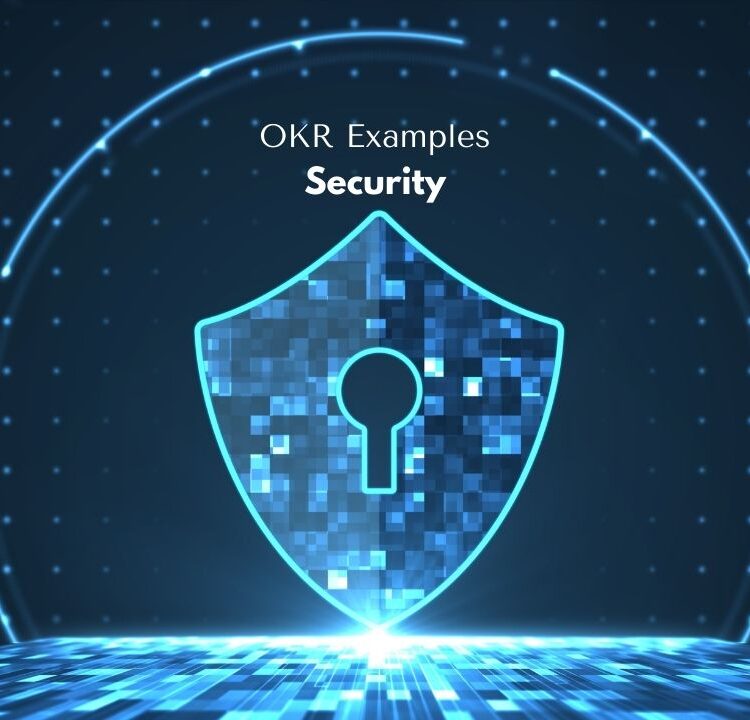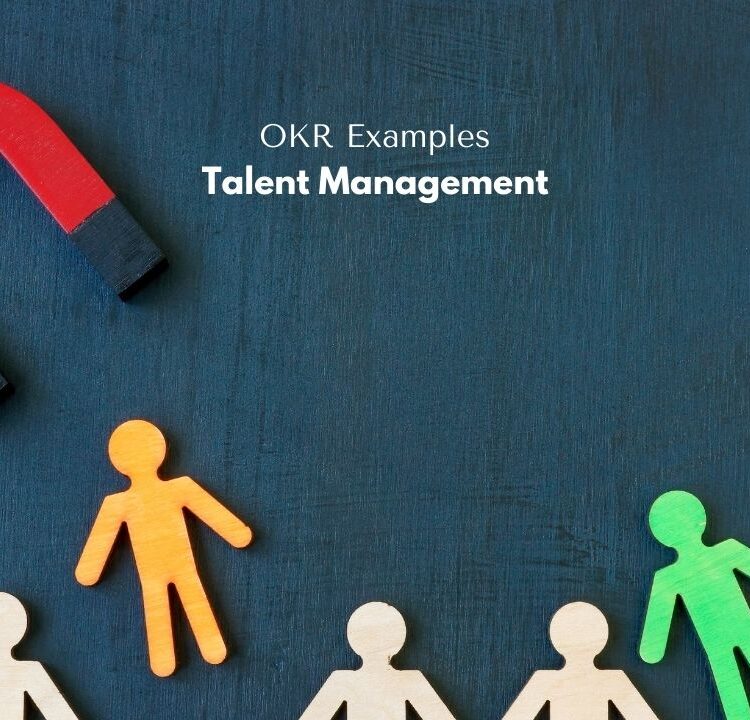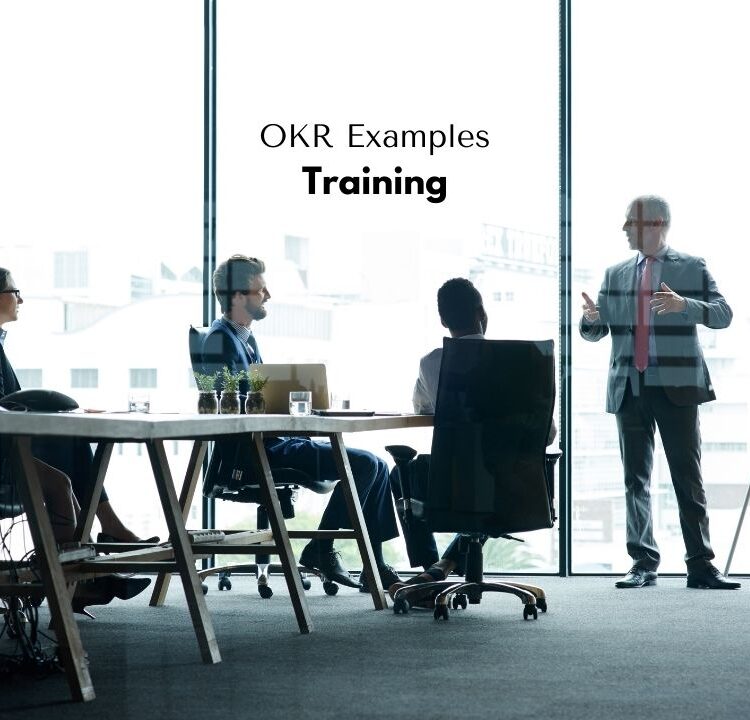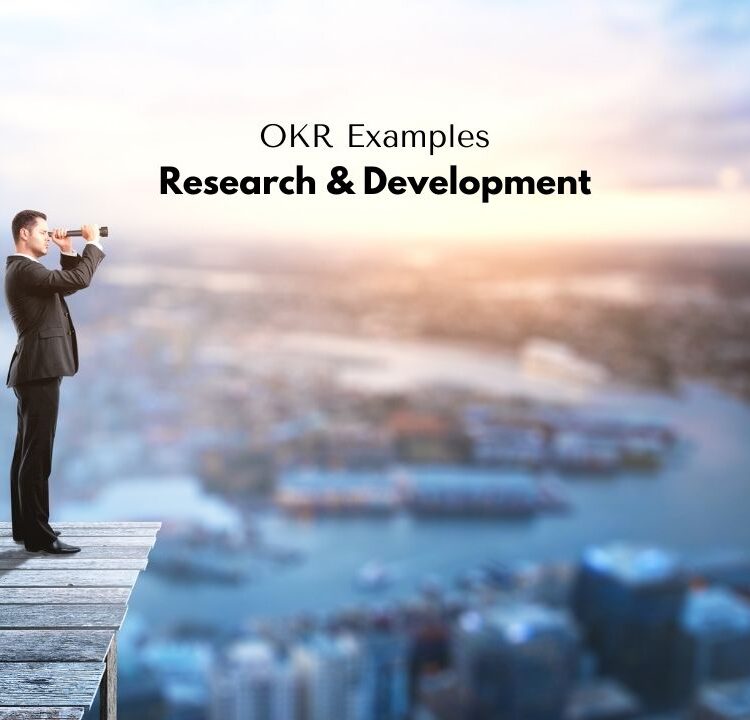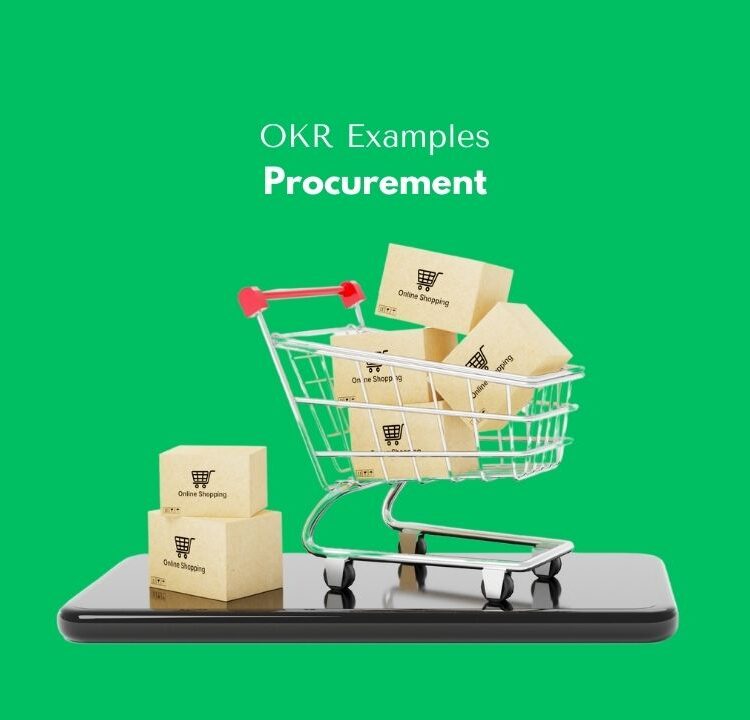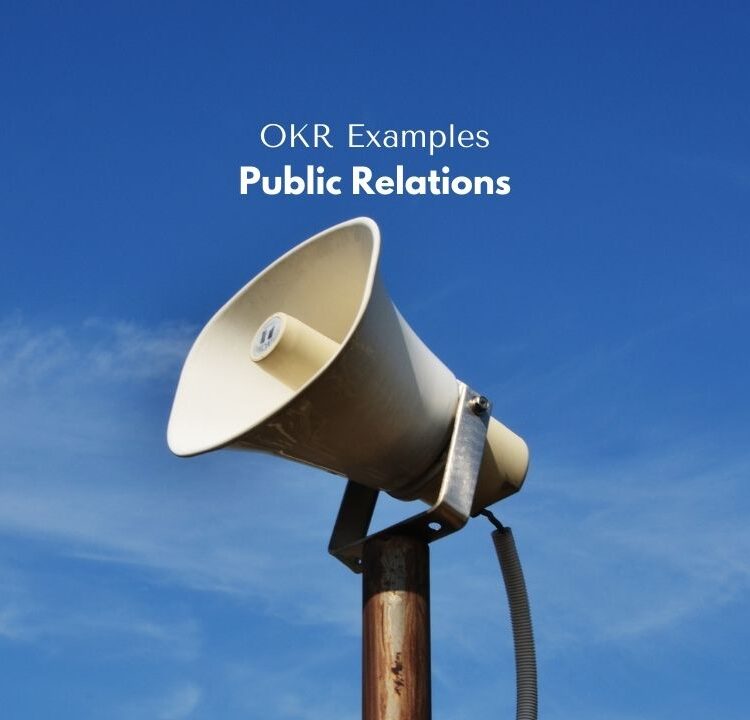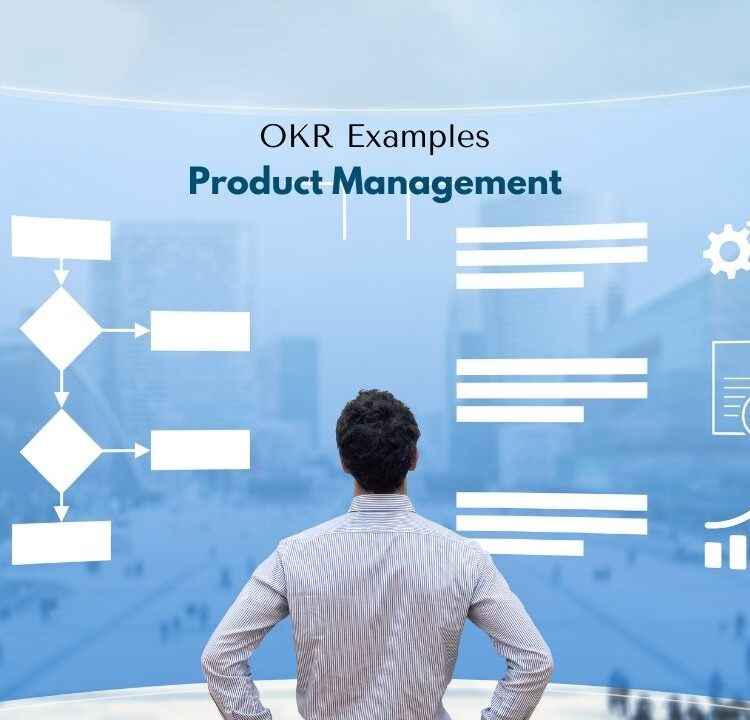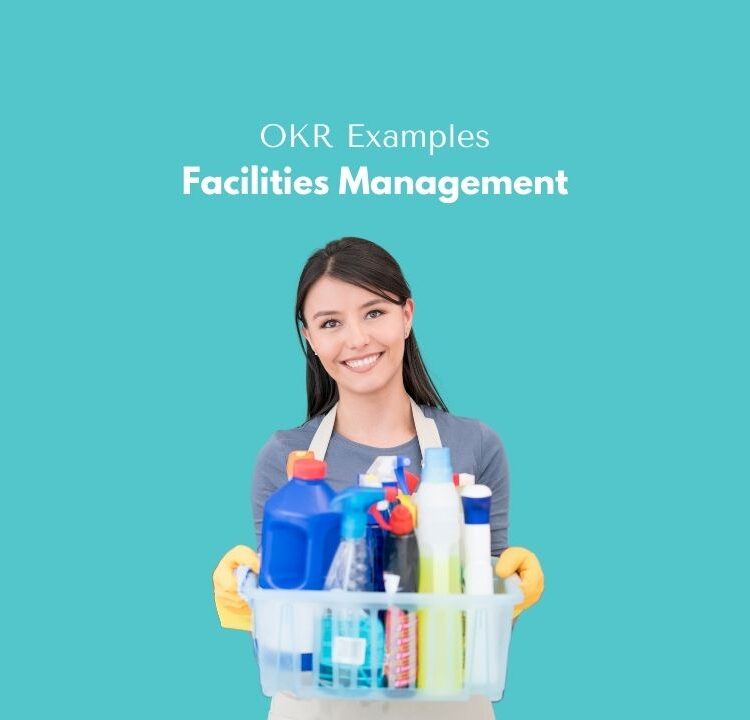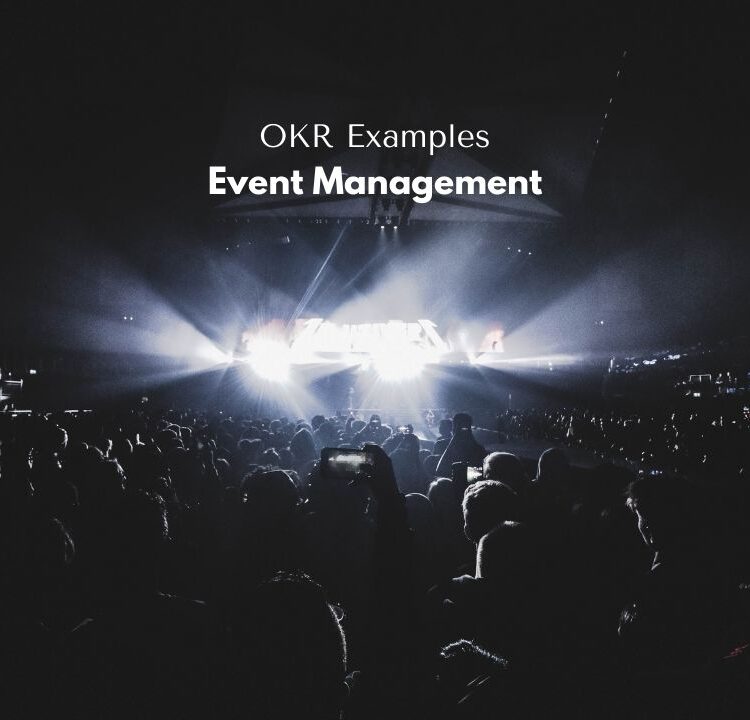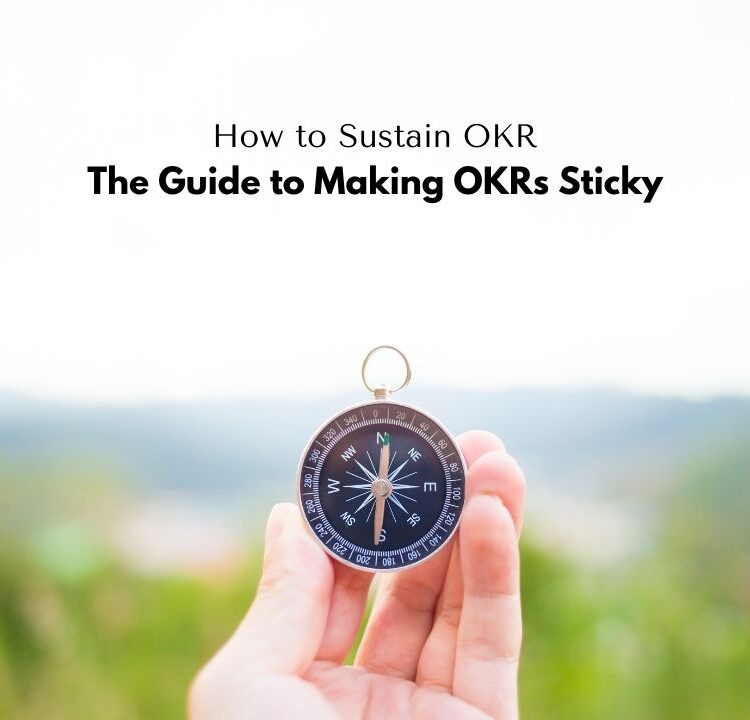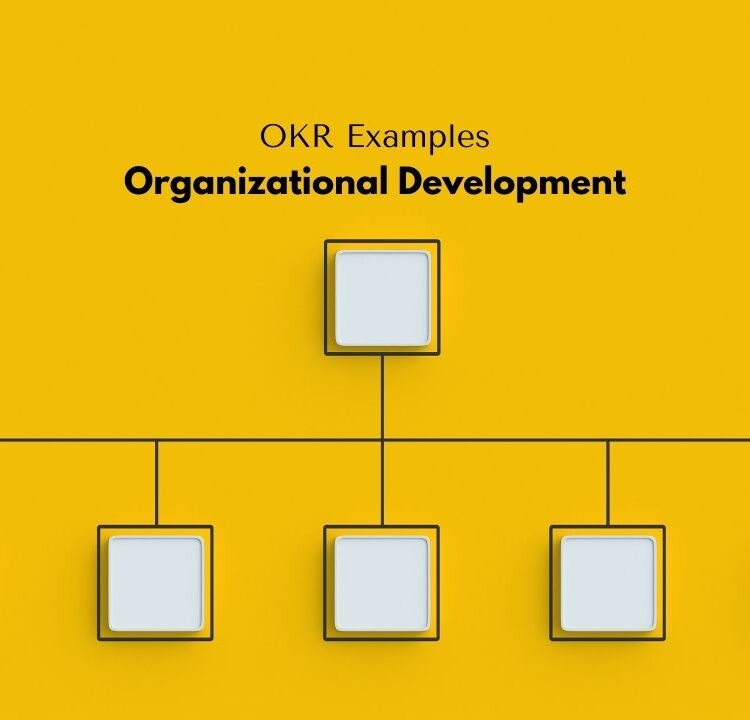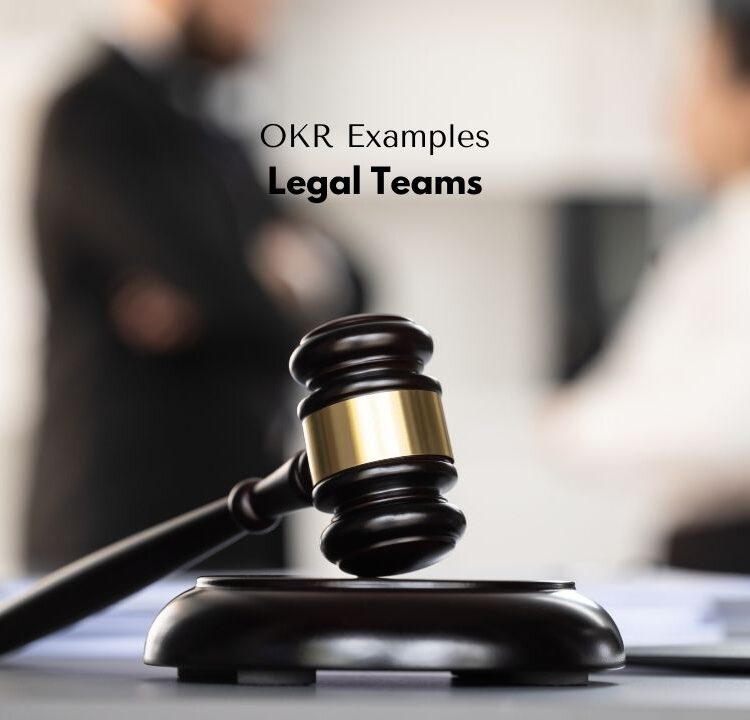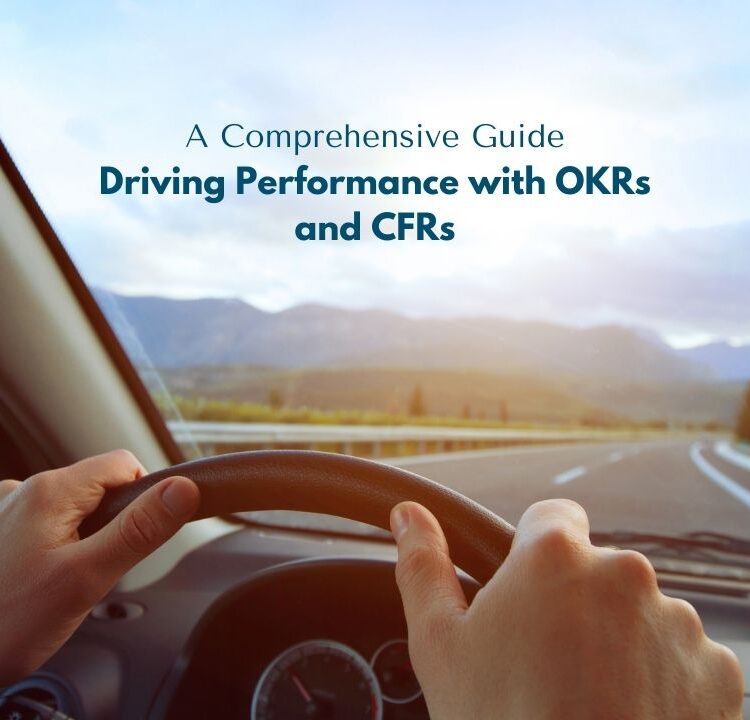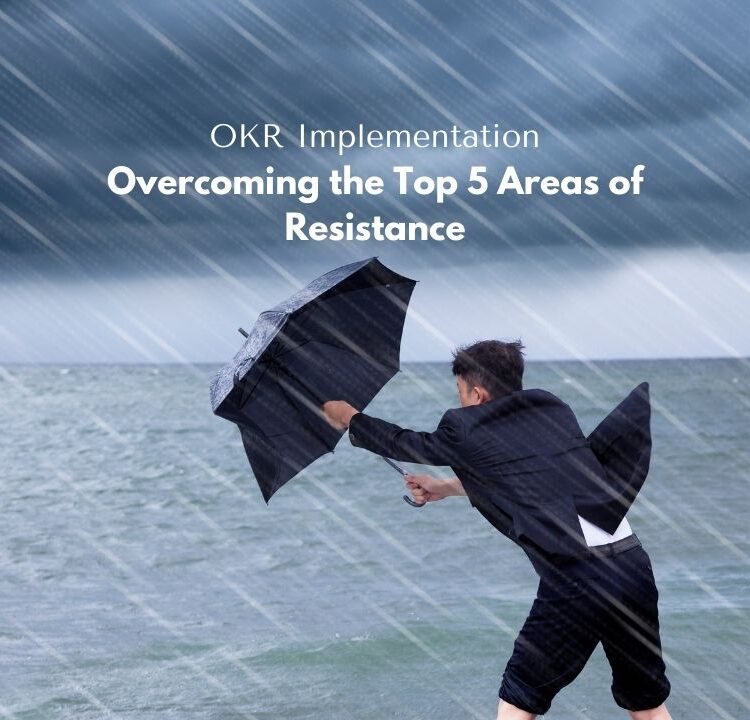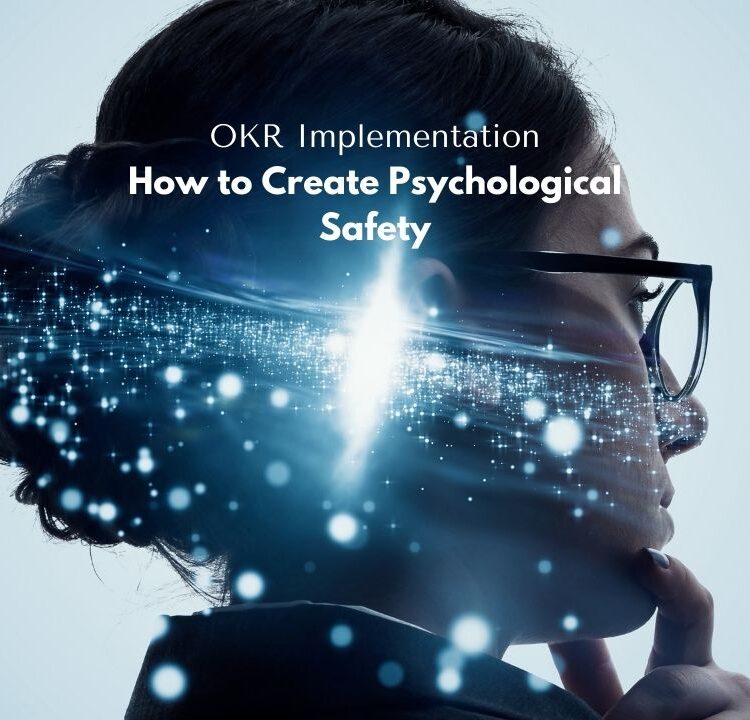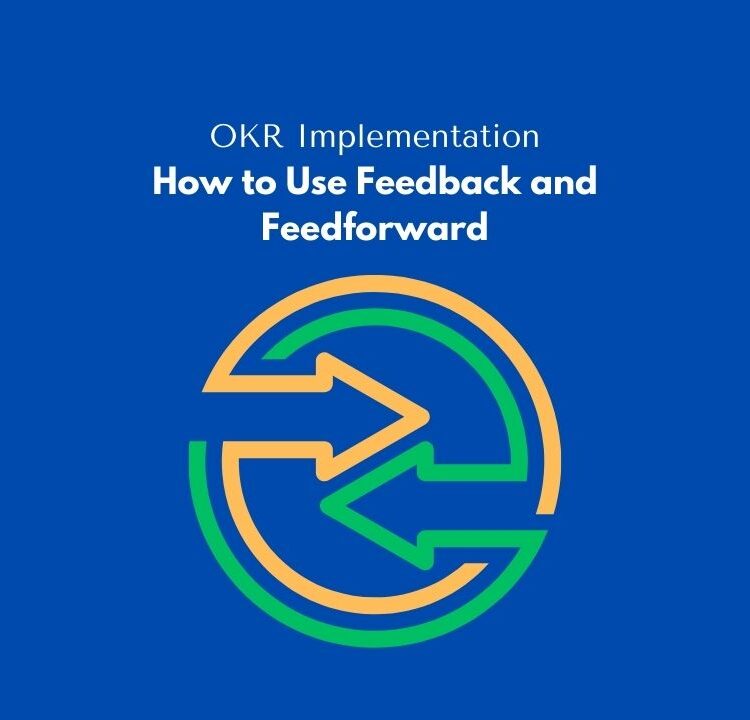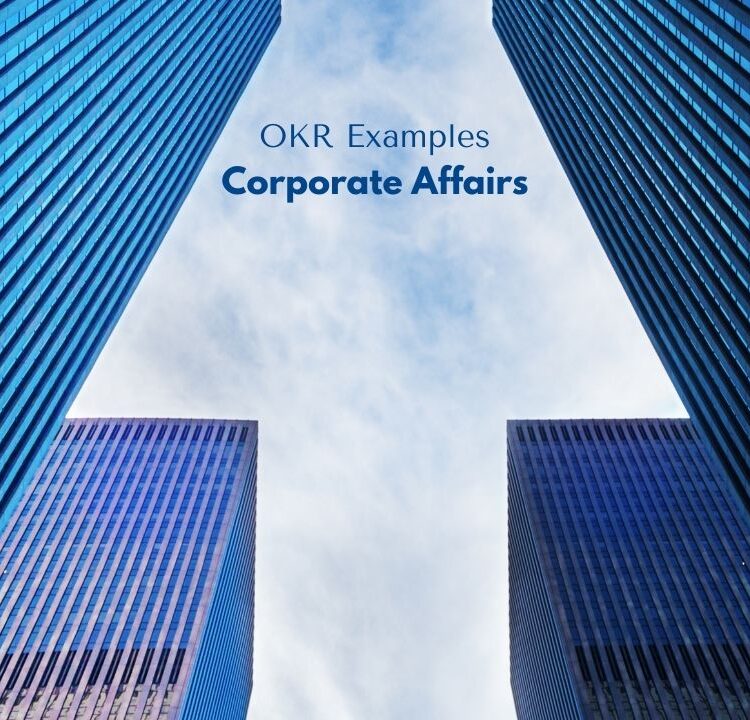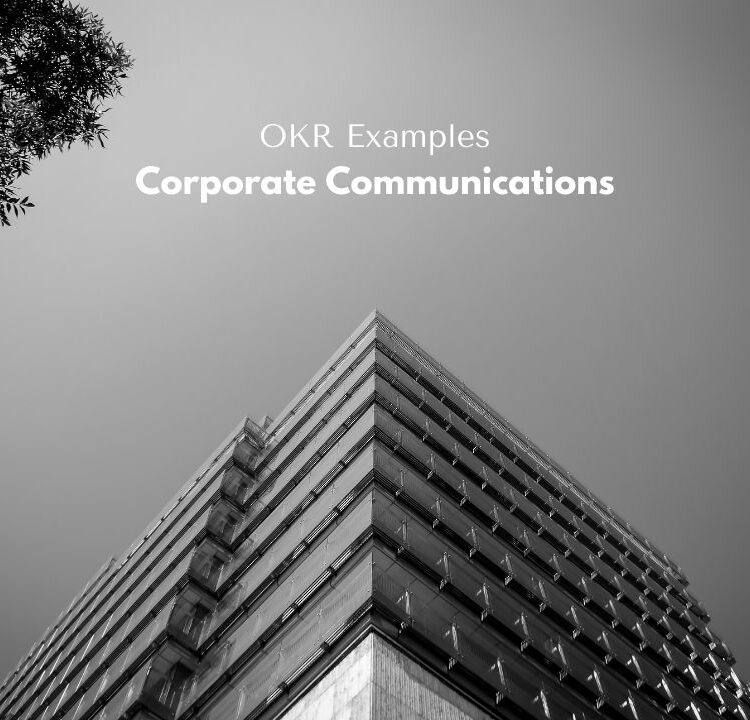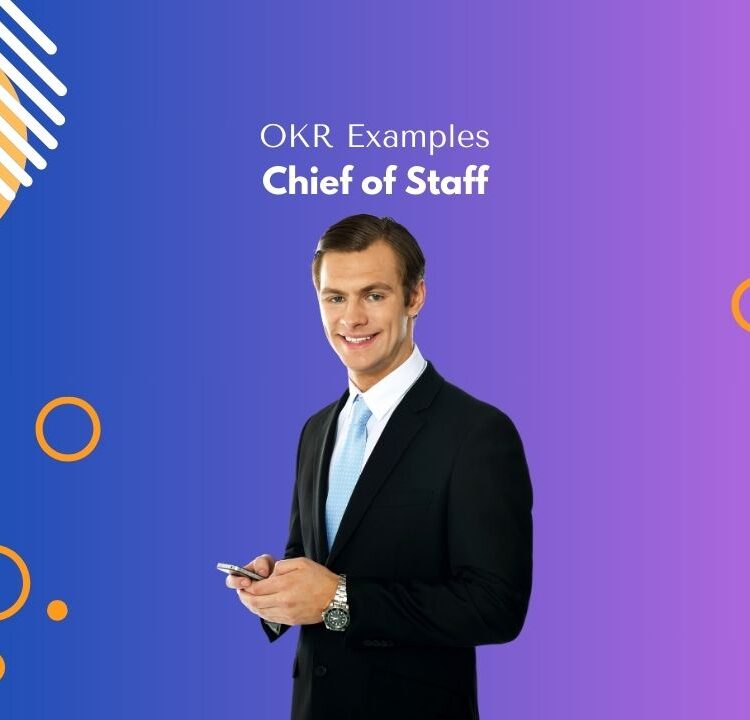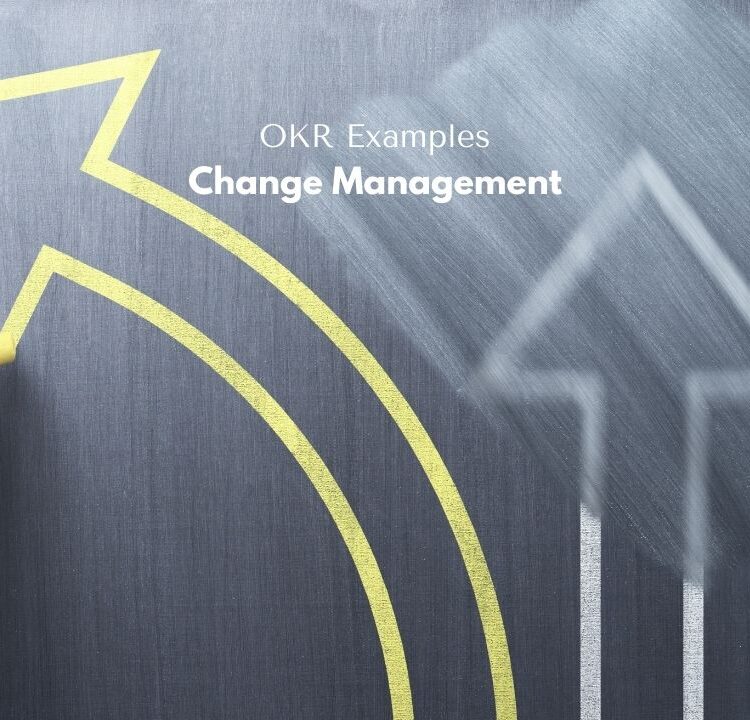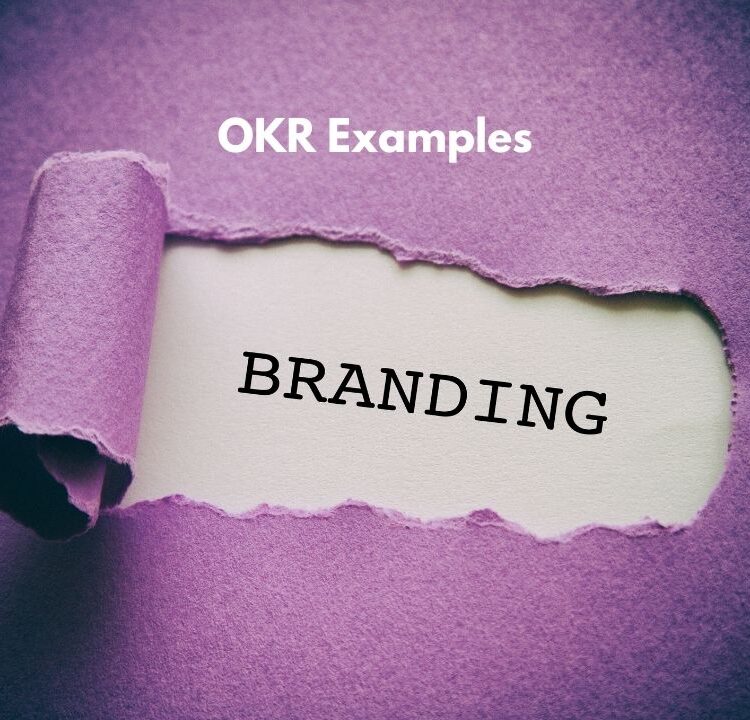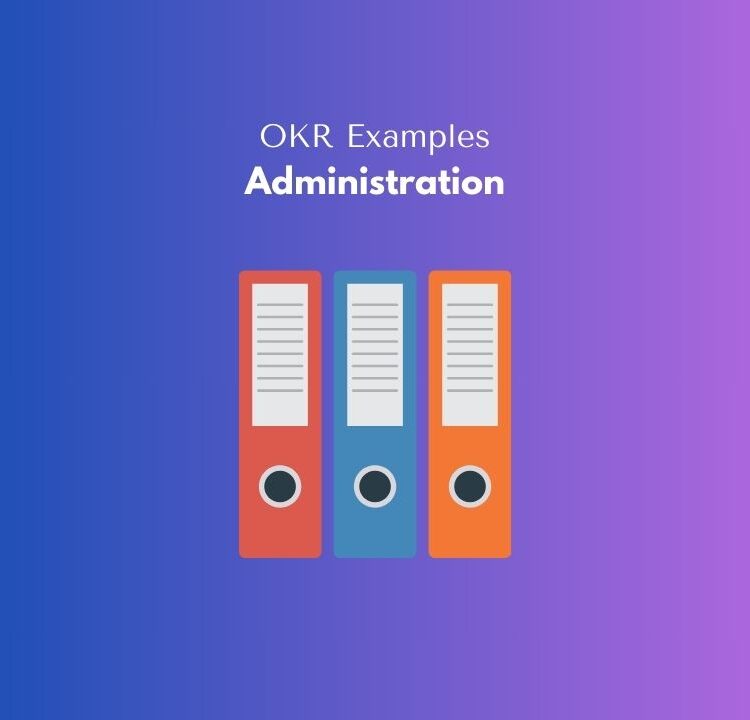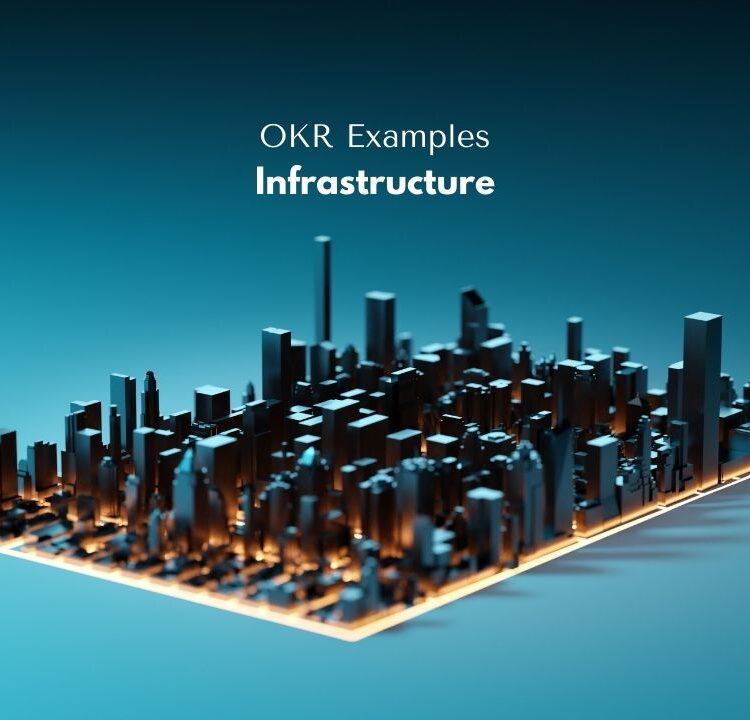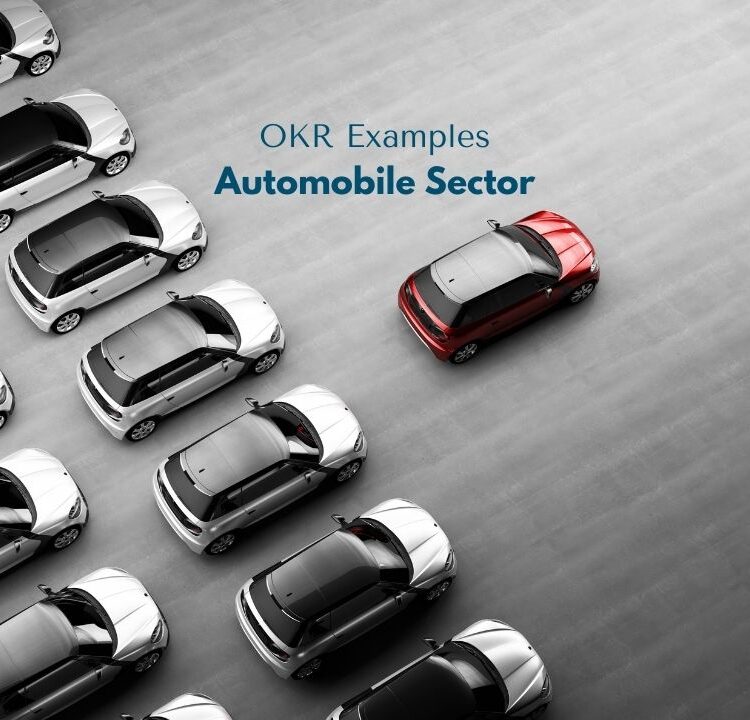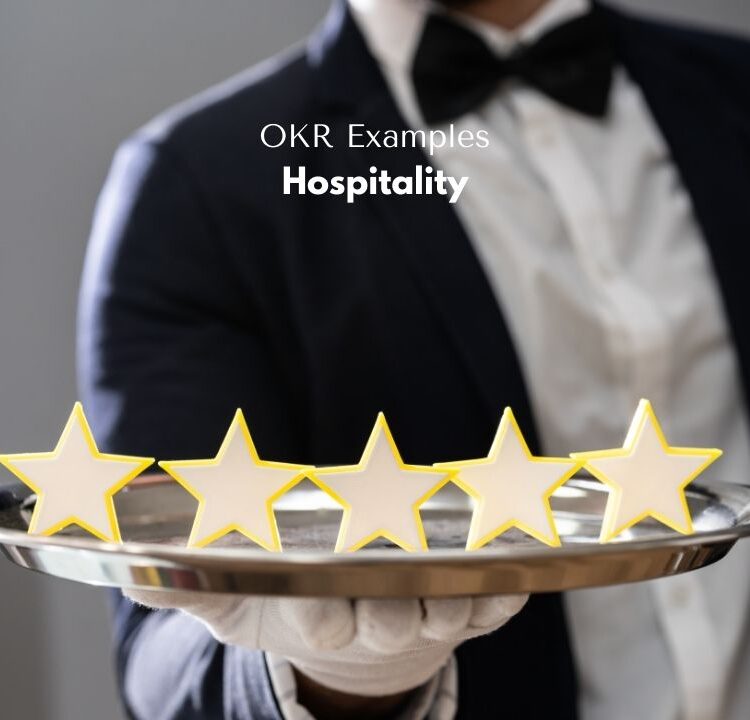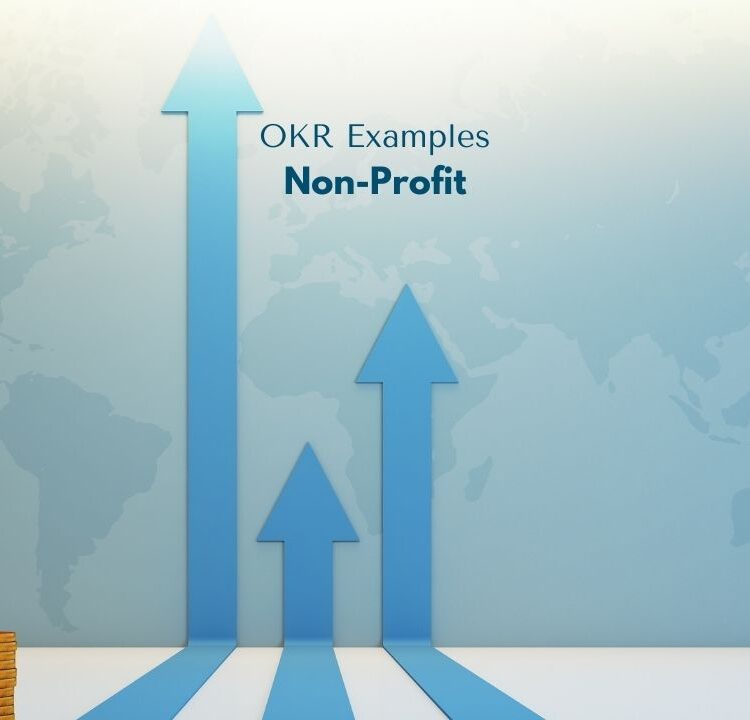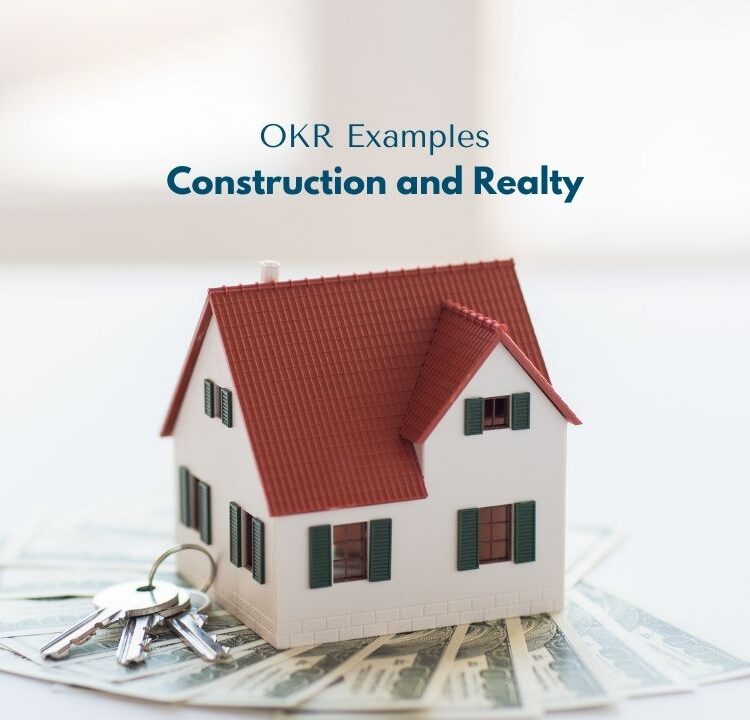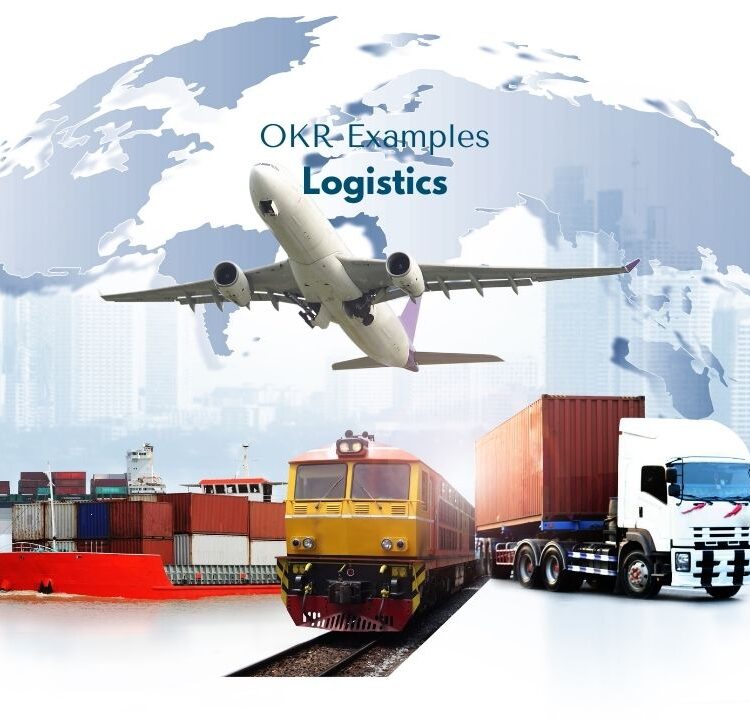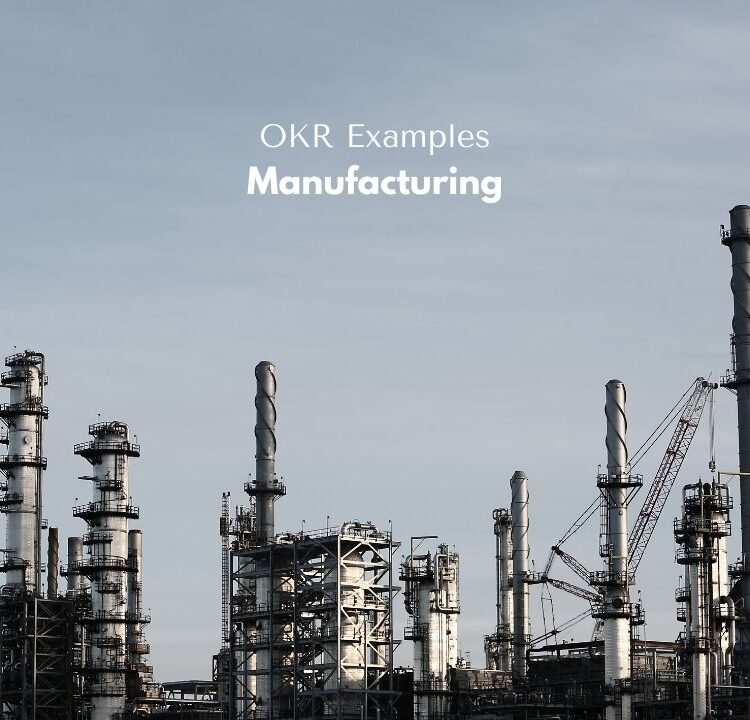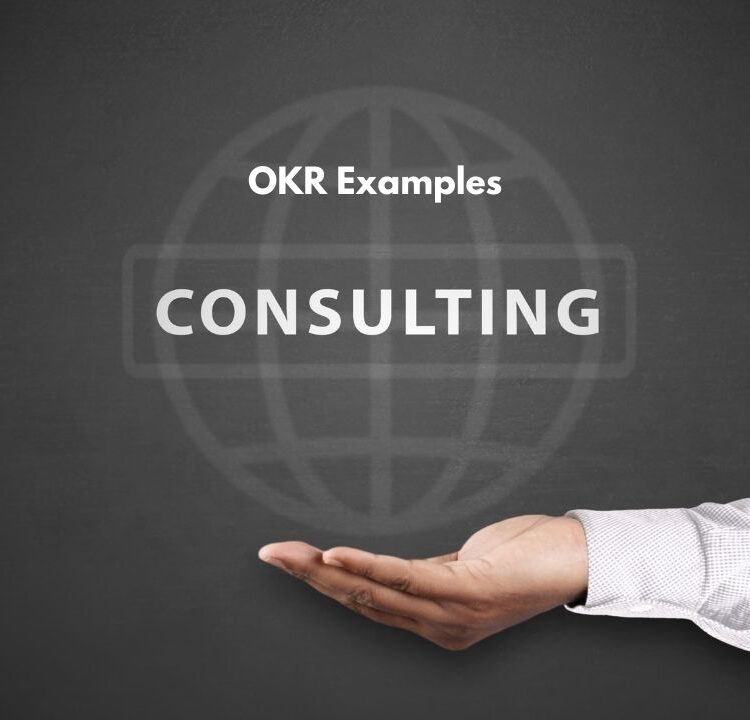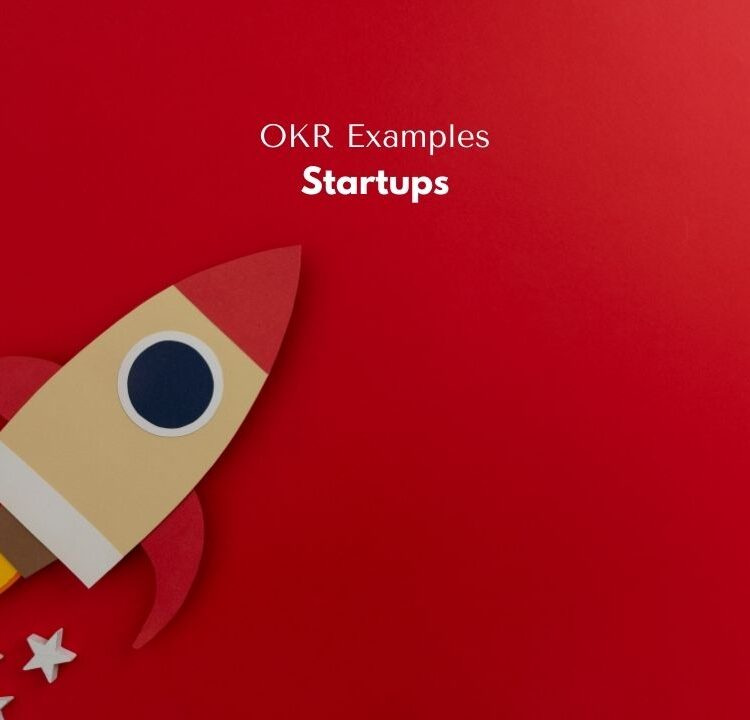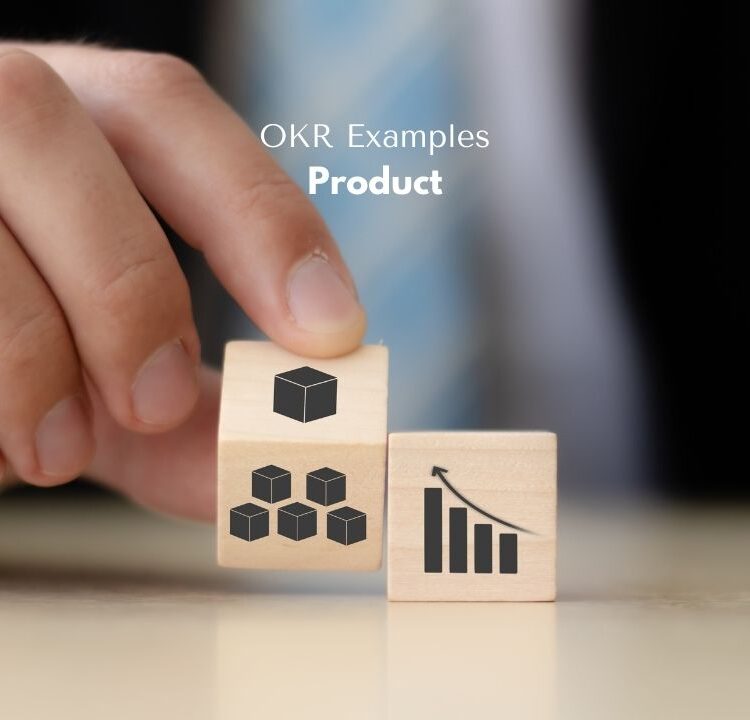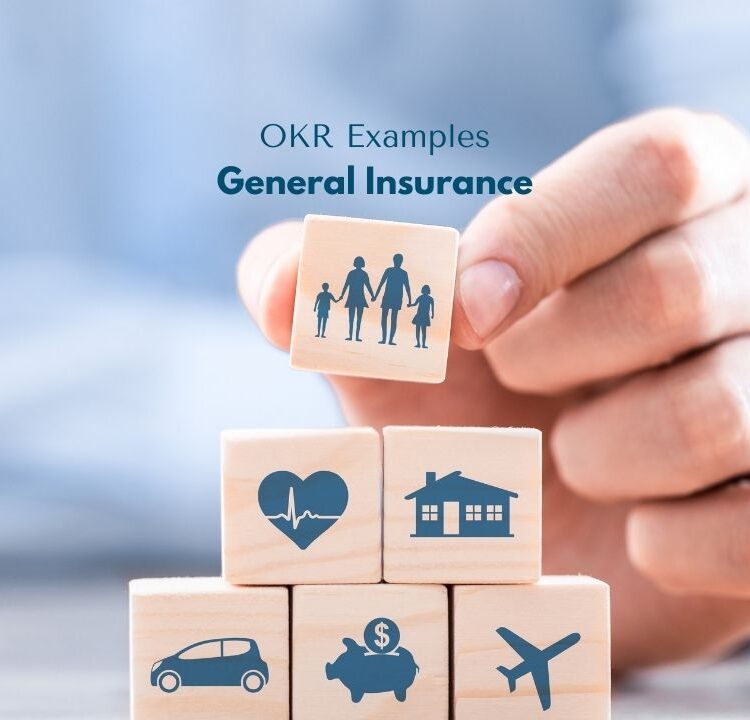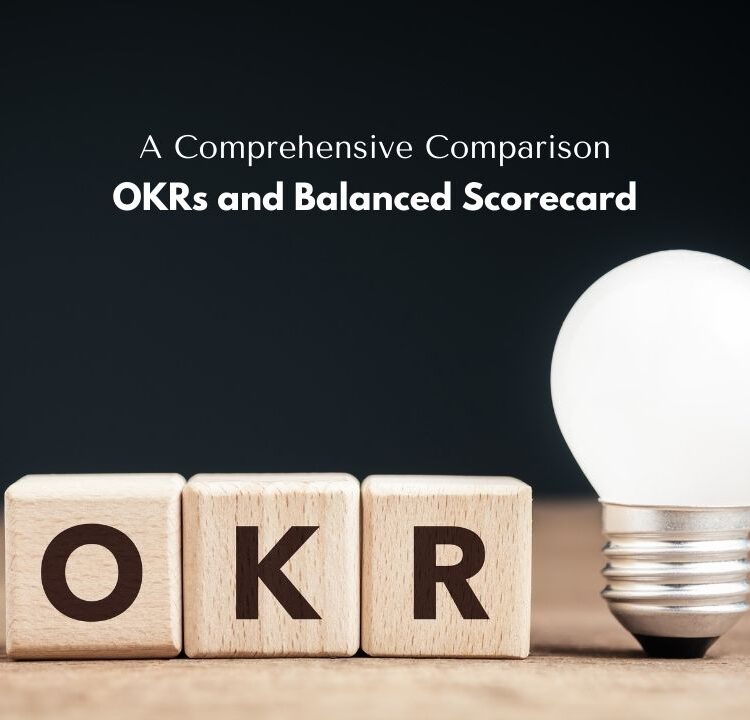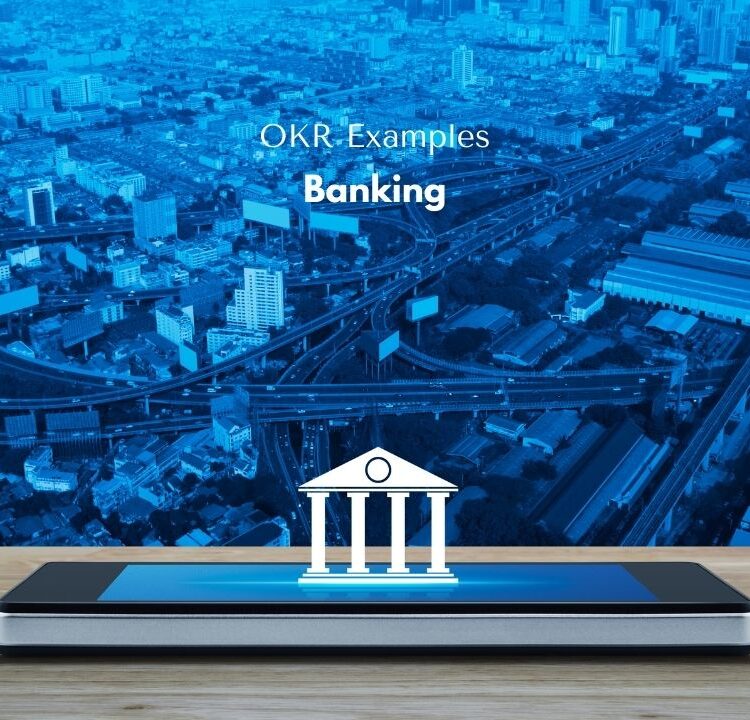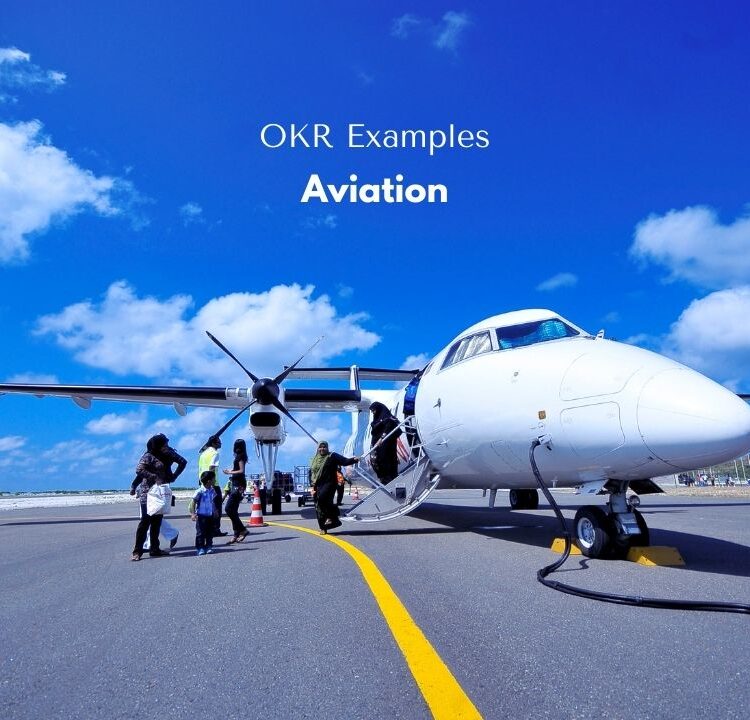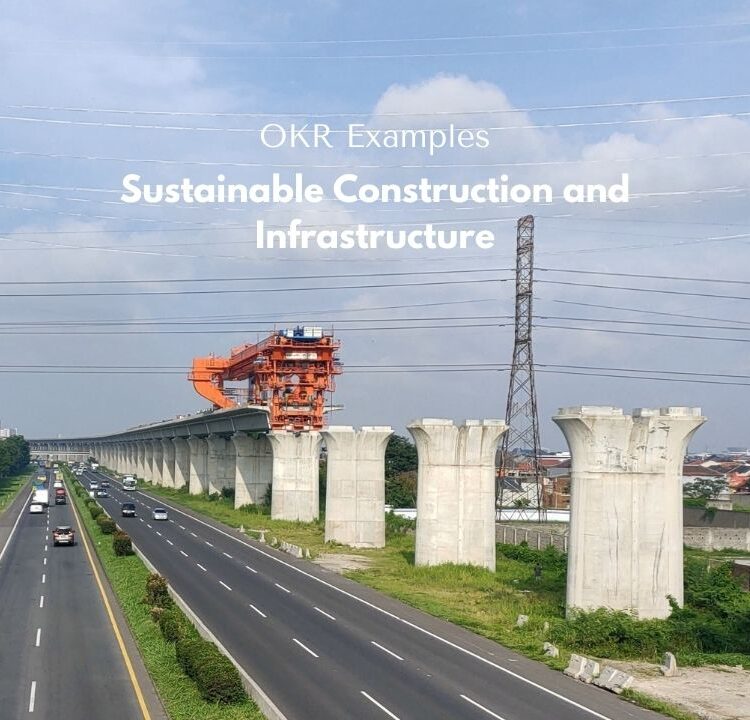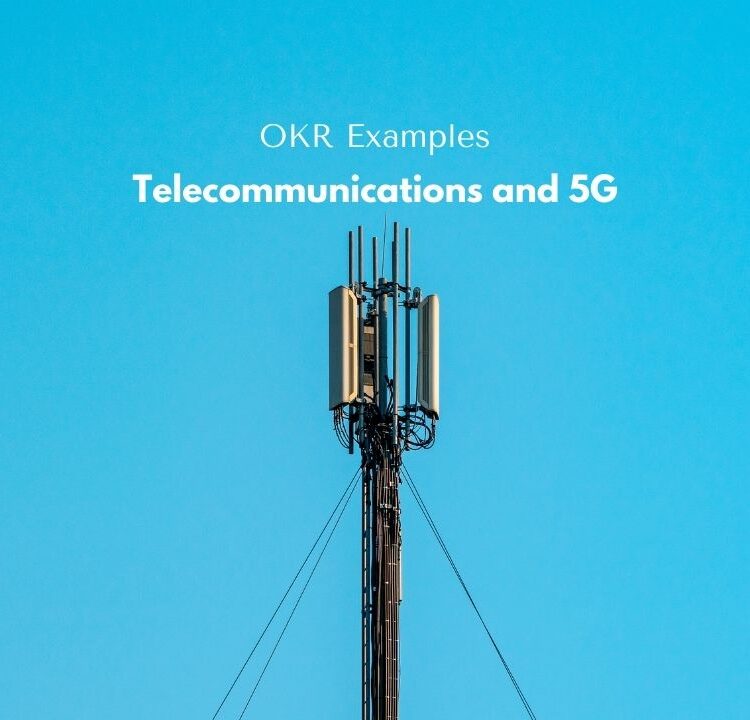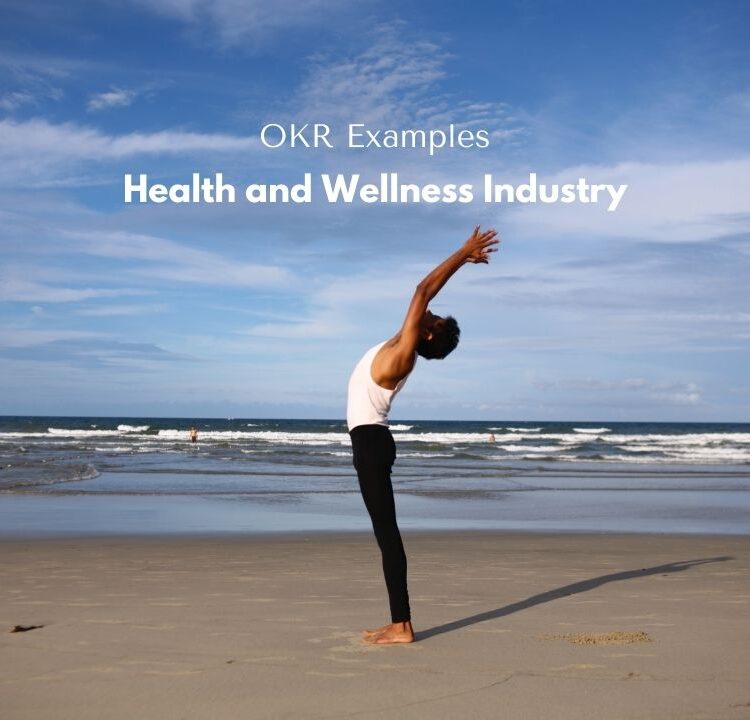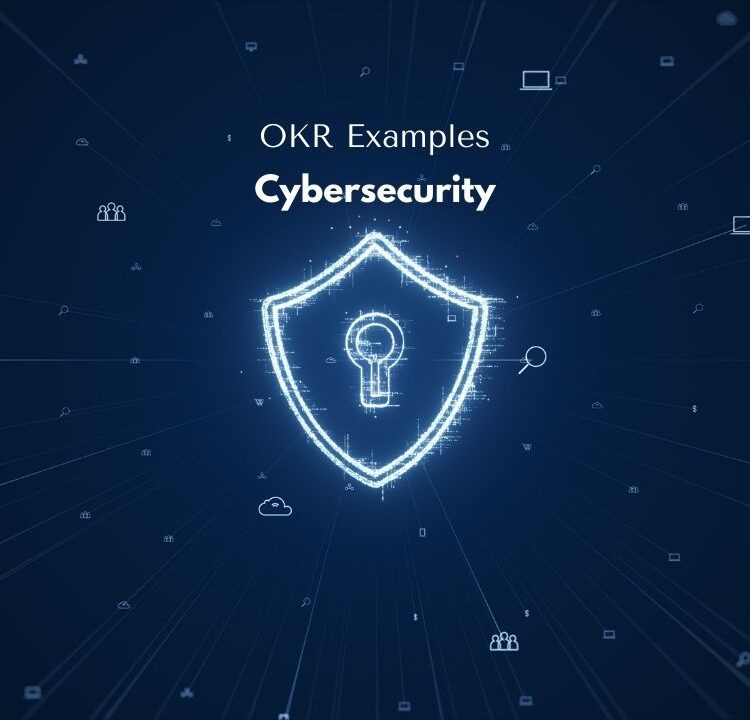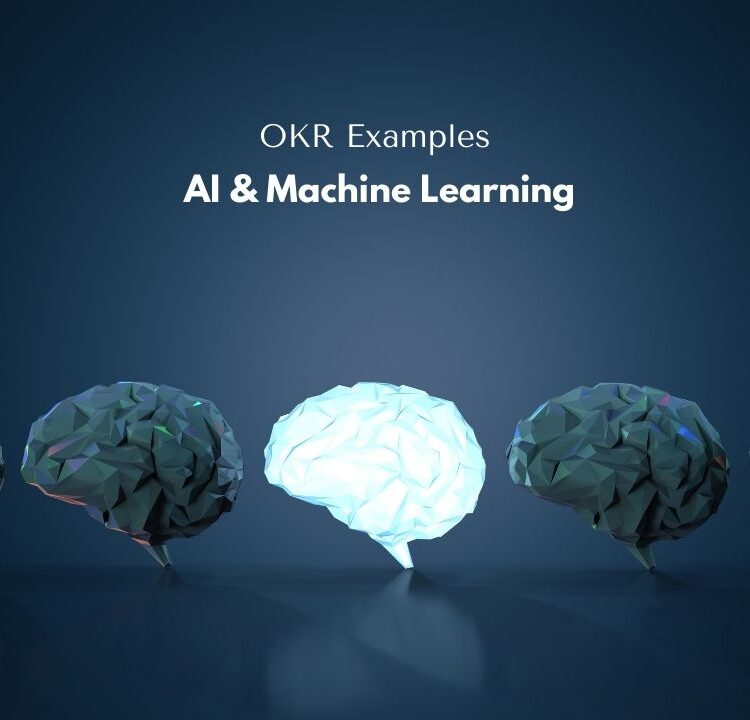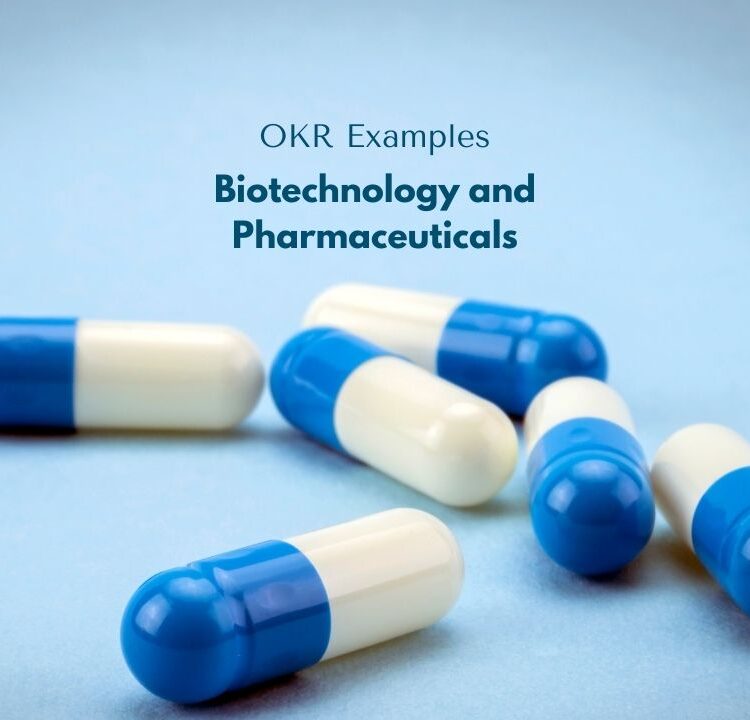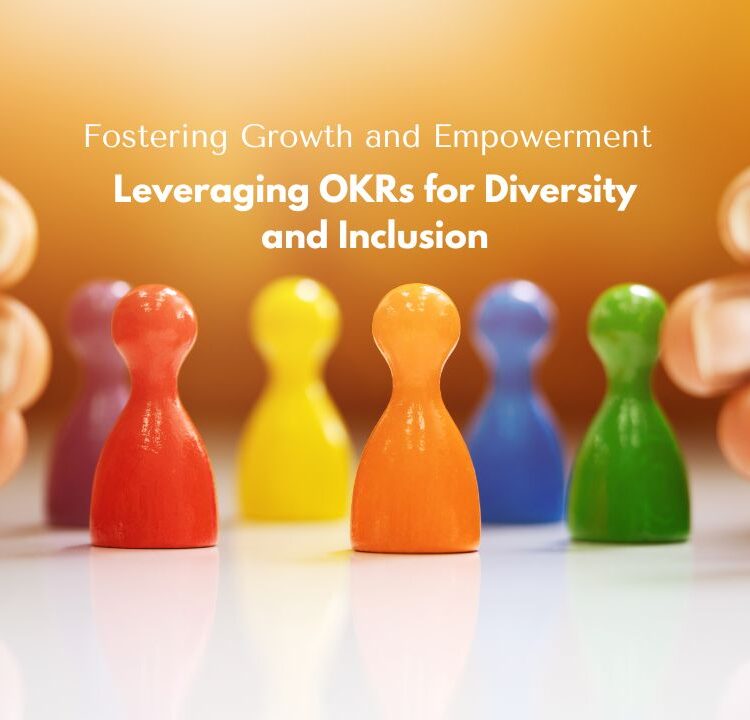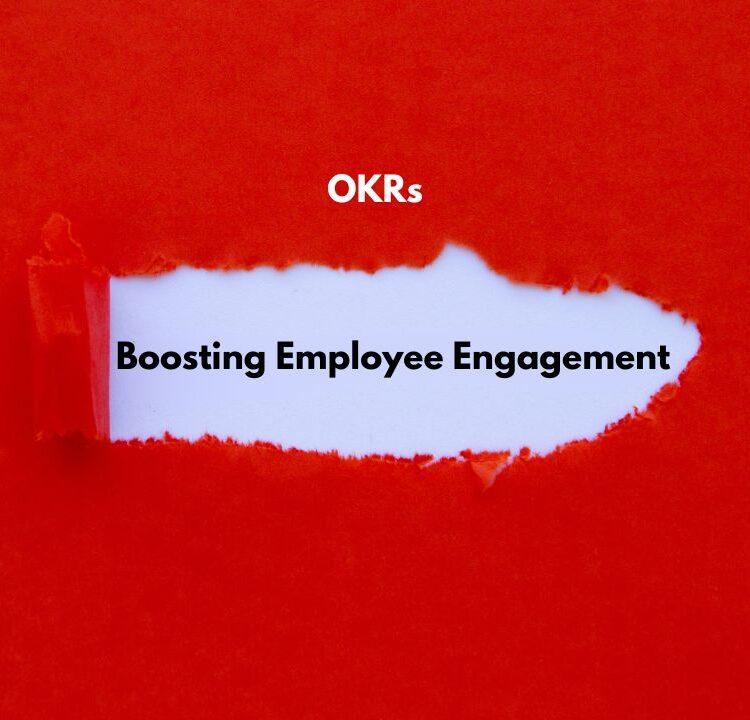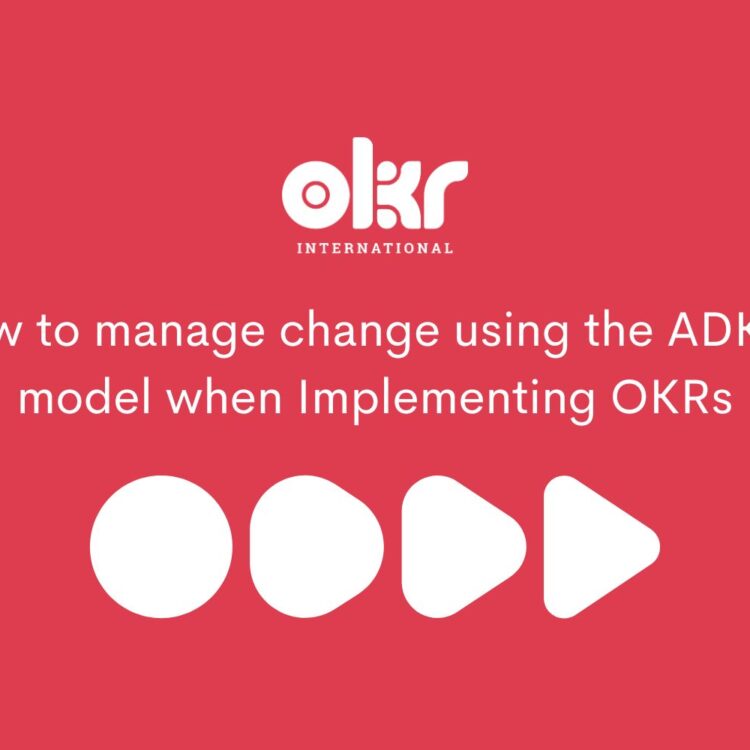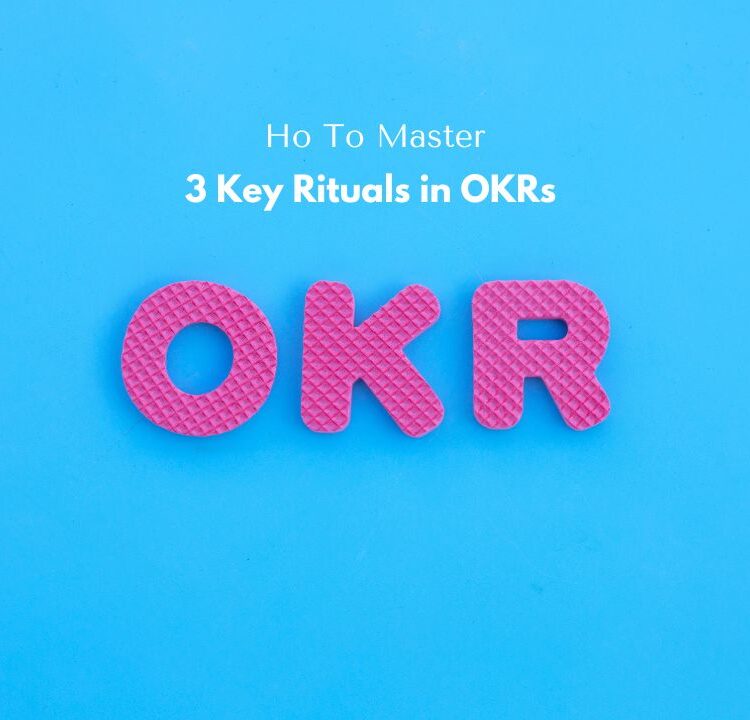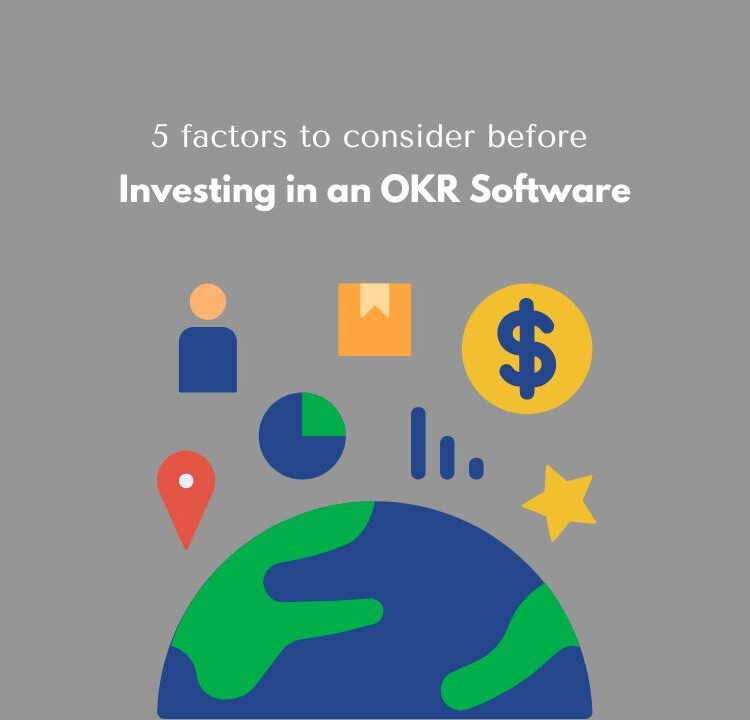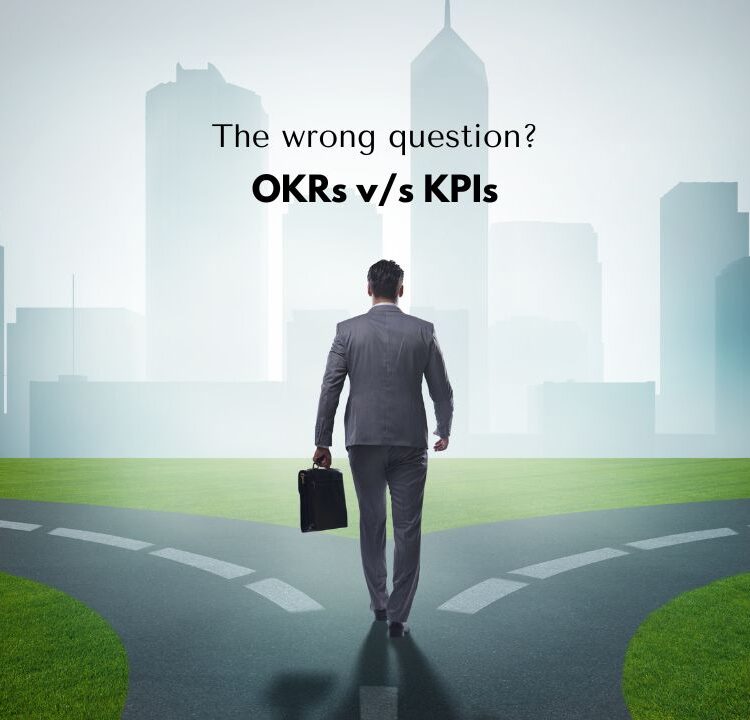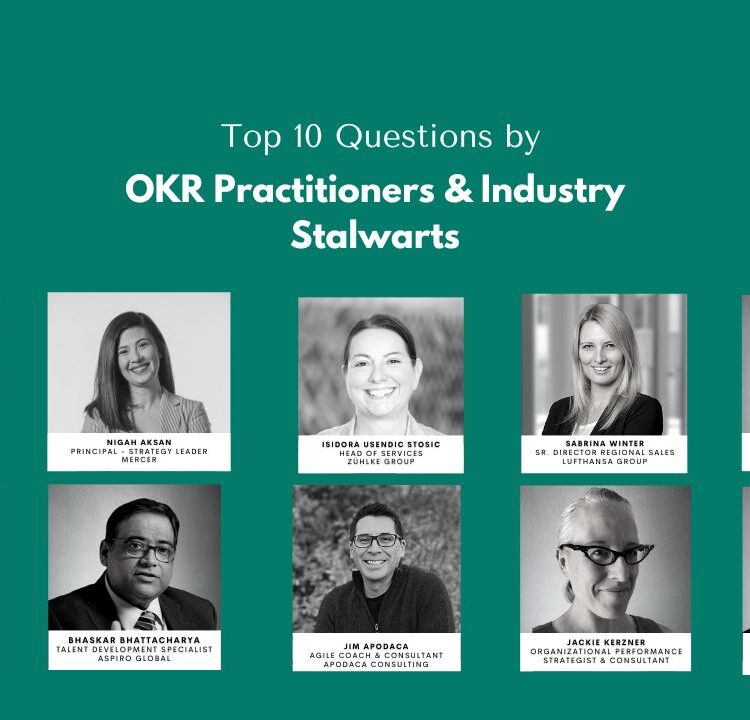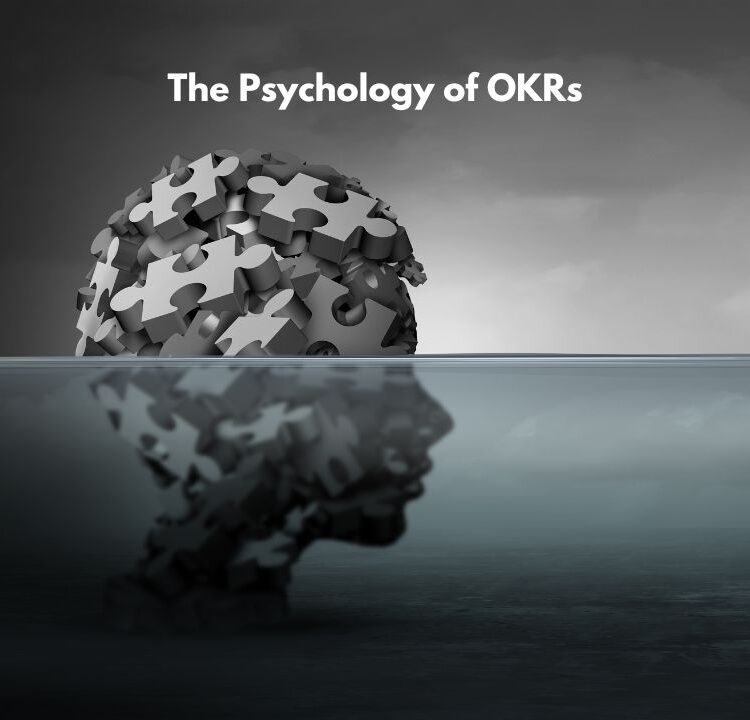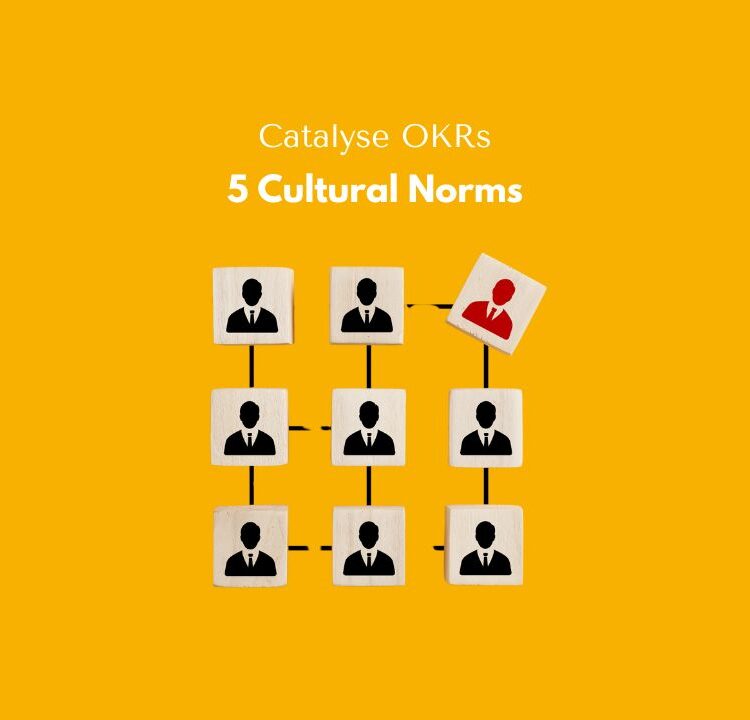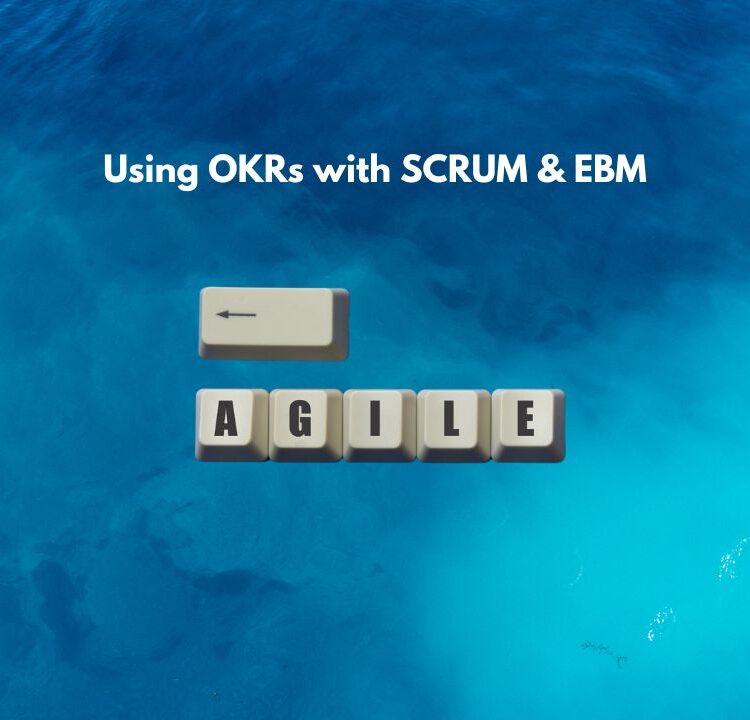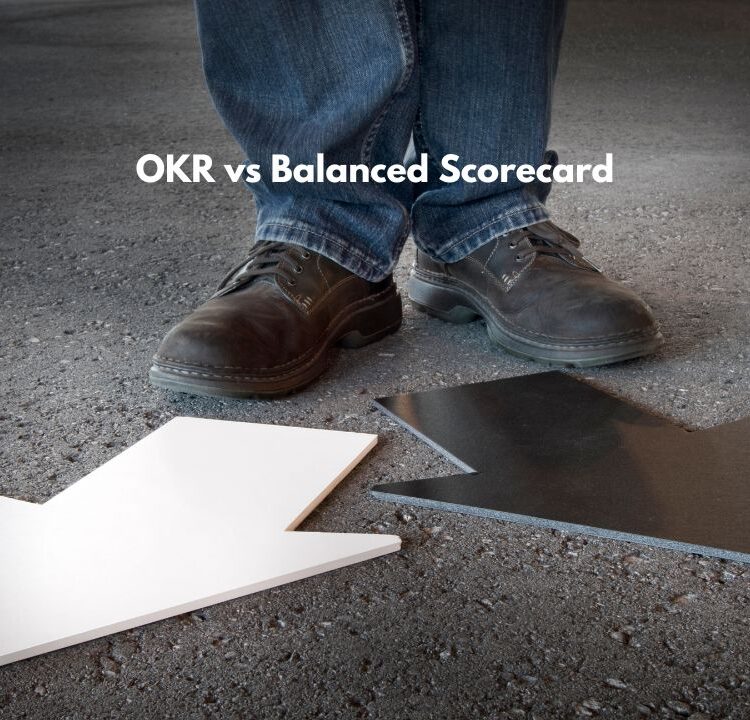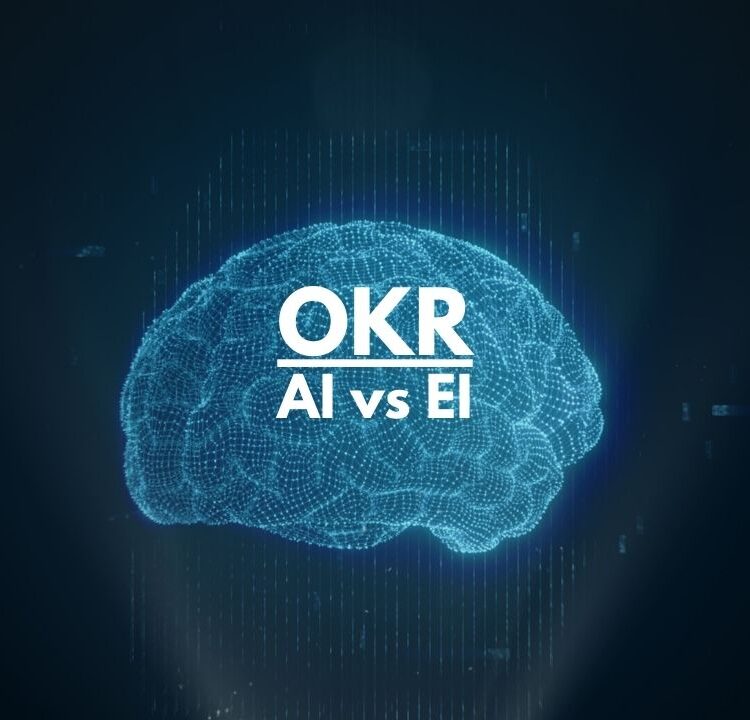
The Gold Standard in Agile Performance Management.
Discover the power of OKR International’s CEO/CXO business coaching. Uncover the secret to sustained growth and market leadership that top Fortune 500 CEOs use.
Our Esteemed Clients
Empowering success across diverse industries with trusted partnerships.
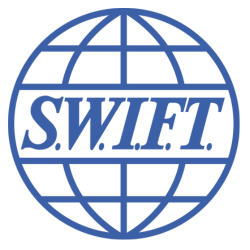


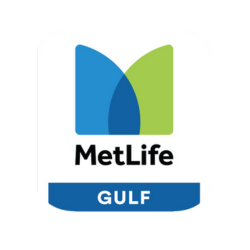
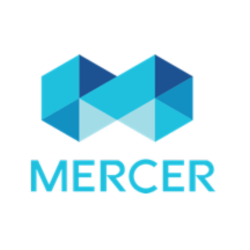
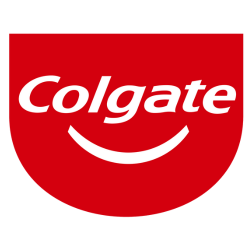
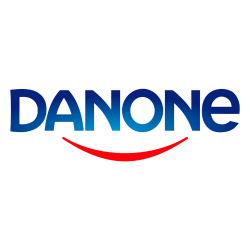
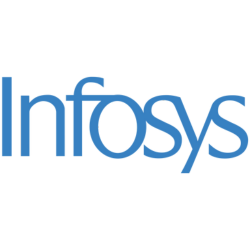


What Our Clients Have To Say
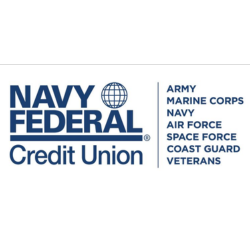
We have found OKR International’s training and certification approach well-rounded, engaging, and practical. Working with OKR International has been a positive and rewarding partnership.

Jenn Price
Manager, Enterprise Strategy
OKR International has played an instrumental part in enabling MetLife Gulf to implement the OKRs. OKR International team has guided us to set our organizational and departmental goals in a very structured and efficient manner.

Dimitris Mazarakis
CEO, MetLife Gulf
It was a great and eye-opening experience. OKR International's content supports theoretical background with real life concrete examples.

Busra Ercokses Demir
Talent and Rewards Strategy Consulting, Mercer
It was a great and eye-opening experience. OKR International's content supports theoretical background with real life concrete examples.

Sri Phani Krishna Chinnapuvvula
Principal Consultant, Infosys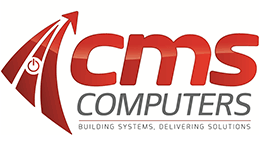
I was completely unaware about what's OKR and how do they work. OKR International has helped me gain insights on coaching, framing and execution of OKRs.

Varada Rotti
Talent Development Lead, CMS Computers Limited
Great training, lots of concrete examples and practices, very knowledgeable instructors, good learning ambiance.

Sophie Racquet
Head of Alliance Connect and Digital ConnectivityAgile Performance Management (APM)
An Agile Performance Management (APM) system provides an organisation with the wireframe to prosper in a marketplace riddled with volatility, uncertainty, complexity and ambiguity.
Traditional performance management systems are often criticized for being too rigid, time-consuming, and focused on past performance rather than future potential. They may not work effectively due to myriad reasons like infrequent feedback, focus on past performance, one-size-fits-all approach, lack of alignment with organizational goals and focus on evaluation rather than development.
Moreover, traditional performance management systems may not be effective in today’s fast-paced, rapidly changing business environment. Agile performance management systems, which emphasize ongoing feedback, collaboration, and adaptability, may be better suited to support the needs of today’s organizations and their employees.
Features of Agile Performance Management
Agile Performance Management is an approach that is characterized by its focus on frequent feedback, collaboration, and adaptability. It involves setting goals, measuring progress, and providing feedback on an ongoing basis, rather than just once or twice a year.
An APM system recognizes that traditional performance management systems often create more problems than they solve. Annual performance reviews can be stressful for both employees and managers, and they may not provide enough information for employees to improve their performance.
Feature 1
Clear Northstar with Common, Transparent & Aligned OKRs
Feature 2
Shorter- More Frequent Performance Cycles
Feature 3
Rapid Alignment & Calibration of Goals
Feature 4
AI enabled Performance Management
Feature 5
Real Time Learning & Development
Feature 6
Departure From Traditional Bell Curves
Principles of Agile Performance Management
APM systems are designed to be flexible, iterative, and responsive to change, and they are built on a set of principles that guide their implementation. Some of the key principles of agile performance management systems include:
Transparency & Alignment
Dynamic Goal Setting
Feedforward Mindset
Psychological Safety
Multi-Sourced Evaluation
Differential Rewards
Benefits of Agile Performance Management
Agile performance management is not a one-size-fits-all solution. Every organization is unique, and what works for one company may not work for another. Similarly, no two organisations may derive the same benefits from implementing an agile performance management system.
Benefits to CEOs
- Bridge the strategy to execution gap.
- Quicker, more effective alignment between teams and goals.
- High performance culture & outcome-driven organisation.
- View of the entire organisation’s performance in real time.
- Flexible & adaptive system that suits changing business needs.
- Increase discretionary effort from employees.
Benefits to CHROs
- Making PMS a more pro-active exercise.
- Improved people attrition, absenteeism & engagement.
- Identify, develop, retain, and promote high-potential employees.
- Differential and dynamic reward systems.
- Empower line-managers as custodians of performance.
- People analytics on Digi-tech platform.
Benefits to Managers
- Real-time view of team performance.
- Better productivity from teams.
- Reduction in annual review burden.
- Better alignment & ownership from team members.
- Clear expectations from team members using OKRs.
- Become an enabler, not evaluator, of performance.
- Decrease in escalations to higher management.
Benefits to Team Members
- Real-time inputs to improve performance.
- Clarity of goals & job significance.
- High levels of transparency & reduced bias.
- Frequent reviews & coaching conversations.
- Reduced angst & time in completing performance reviews.
- Be set up for success vs. be evaluated against a standard.
- More collaboration with teammates vs. unnecessary competition.



Just drop us a line
Agile Performance Management FAQs
What is Agile Performance Management (APM)?
Agile performance management is a modern approach to managing employee performance in a more flexible and collaborative way. It involves setting shorter-term goals, providing regular feedback, and incorporating continuous learning and development.
How does APM differ from traditional performance management?
It differs from traditional performance management in several ways. It is more focused on ongoing learning and development, rather than just annual reviews. It also emphasizes frequent communication and feedback, rather than a one-time evaluation. Additionally, it is more flexible and adaptable, allowing for goals to be adjusted and refined over time.
What are the benefits of an Agile Performance Management System?
It provides several benefits, such as increased employee engagement and productivity, more frequent feedback and communication, and a focus on continuous improvement and development.
What are some key components of an Agile Performance Management System?
Some key components include frequent check-ins and feedback sessions, flexible goal setting, ongoing learning and development opportunities, and collaboration between managers and employees.
Can you combine OKRs with an Agile Performance Management System?
Yes, it’s possible to combine OKRs with Agile Performance Management. More and more organisations are looking at doing this. However, there are some areas to watch out for, as it can be a tricky exercise. Read more on how to combine OKRs with Agile PMS.
How can organizations implement an Agile Performance Management System?
To successfully implement agile performance management, organizations may need to take a number of steps. Here are some key considerations:
- Get buy-in from leadership: To successfully implement agile performance management, it’s important to get buy-in from leadership. They should understand the benefits of an agile approach and be willing to make the necessary changes to culture and processes.
- Train managers: Managers play a critical role. They should be trained in effective feedback, coaching, and goal-setting. They should also understand how to provide regular support and development opportunities to their team members.
- Set expectations: Employees should understand what to expect from an agile PMS. They should know how often they will meet with their managers, how feedback will be provided, and how performance will be measured.
- Use technology: There are many tools and platforms available that can support agile performance management. For example, there are software applications that allow for real-time feedback and goal-tracking.
- Monitor and adjust: This is an iterative process. It’s important to regularly monitor progress and make adjustments as needed. This may involve tweaking goals or development plans, or changing the frequency or format of check-ins.
What are some common challenges of implementing an APM System?
One potential challenge that organizations may face during implementation is resistance to change. Some managers and employees may be used to the traditional performance review process and may be hesitant to adopt a new approach. To address this challenge, it may be helpful to communicate the benefits of an agile approach and involve employees in the process. By soliciting feedback and ideas from employees, organizations can help create buy-in and support for the new system.
Another challenge that may arise is the need for more frequent communication and coordination between managers and employees. Regular check-ins and feedback require time and effort, and some managers may struggle to balance this with their other responsibilities. To address this challenge, organizations may need to provide additional training or support to managers to help them manage their time and priorities effectively.
Finally, organizations may struggle to create a culture of continuous improvement and development. While agile performance management can support this type of culture, it requires a shift in mindset and approach. To overcome this challenge, organizations may need to model the behavior they want to see and provide support and resources for employees to grow and develop.
How can organizations overcome these challenges?
To overcome these challenges, organizations can provide training and support to managers and employees to help them adapt to the new approach. They can also provide clear guidance and expectations around goal setting and feedback, and regularly evaluate and adjust their processes to ensure they are working effectively.
How does an Agile Performance Management System align with agile methodologies, such as Scrum and Kanban?
An Agile PMS aligns with agile methodologies such as Scrum and Kanban by incorporating the same principles of continuous learning, collaboration, and iterative improvement. It emphasizes frequent communication and feedback, encourages employees to take ownership of their work and goals, and provides a framework for ongoing learning and development.
How does agile performance management align with other HR practices, such as compensation and benefits?
It can align with other HR practices by incorporating them into the overall approach. For example, compensation and benefits can be tied to individual and team performance goals, and ongoing learning and development opportunities can be incorporated into career development plans.
How can an Agile Performance Management System support remote or distributed teams?
It can support remote or distributed teams by providing more frequent communication and feedback, as well as flexible goal setting and ongoing learning opportunities that can be accessed remotely. It can also help to build a sense of collaboration and teamwork among team members who may be working in different locations.
What role do technology and tools play in agile performance management?
Technology and tools can play a significant, supportive role. They can facilitate more frequent communication and feedback, provide a platform for tracking and managing goals, and offer opportunities for ongoing learning and development.
How does APM impact employee engagement and retention?
Agile performance management can have a positive impact on employee engagement and retention by providing employees with more frequent feedback and opportunities for growth and development. It can also help to build a culture of collaboration and transparency, which can improve employee satisfaction and loyalty.
Can agile performance management be applied to all types of organizations?
It can be applied to a wide range of organizations, although the specific implementation may vary depending on the organization’s size, structure, and culture. However, organizations that are highly hierarchical or have a more traditional approach to management may find it more challenging to adopt an agile approach.
What are some potential drawbacks of an Agile Performance Management System?
Some potential drawbacks include the need for more frequent communication and feedback, which can be time-consuming, and the potential for goals to become too flexible and ambiguous, leading to a lack of clarity and direction.
How can organizations evaluate the effectiveness of their agile performance management approach?
Organizations can evaluate the effectiveness of their approach by collecting feedback from employees and managers, tracking performance metrics such as employee engagement and productivity, and regularly reviewing and adjusting their processes to ensure they are meeting their goals.
How can agile performance management help to support diversity, equity, and inclusion (DEI) in the workplace?
It can support DEI in the workplace by providing opportunities for more frequent communication and feedback, which can help to address unconscious biases and ensure that all employees are receiving fair and equitable treatment. It can also help to identify and address areas for improvement in terms of diversity and inclusion.
What role do managers play in an Agile Performance Management System?
Managers play a critical role as they are responsible for setting goals, providing feedback, and supporting employee growth and development. They also play a role in building a culture of collaboration and transparency, which can support the success of agile performance management.
How can employees participate in an Agile Performance Management System?
Employees can participate by setting their own goals, providing feedback to their managers and peers, and seeking out learning and development opportunities. They can also contribute to building a culture of collaboration and transparency by sharing their own perspectives and ideas.
How can agile performance management help to support organizational agility and innovation?
It can help to support organizational agility and innovation by providing a framework for continuous learning and development, promoting collaboration and transparency, and encouraging employees to take risks and try new approaches. It can also help to identify and address areas for improvement more quickly, which can support organizational agility.
How can organizations scale agile performance management as they grow?
As organizations grow, they can scale by establishing clear processes and guidelines, providing training and support to managers and employees, and leveraging technology and tools to facilitate communication and goal tracking. They can also regularly evaluate and adjust their processes to ensure they are working effectively.
How can organizations get started with implementing agile performance management?
To get started with implementation, organizations can start by rethinking their performance management processes and identifying areas for improvement. They can then establish clear goals and expectations, provide training and support to managers and employees, and incorporate ongoing learning and development opportunities. They can also leverage technology and tools to facilitate communication and goal tracking.
Learn From Our Blogs
Cracking the Code of Purpose Strategy: The Role of Tactical Operational Models and OKRs
- 14 Jun, 2024
- Com 0
Cracking the Code of Purpose Strategy: The Role of Tactical Operational Models and OKRs ...
How to choose the Best OKR Software
- 16 May, 2024
- Com 0
Selecting the right OKR (Objectives and Key Results) software is a critical decision that can significantly impact your...
Navigating the Nuances of OKRs: Understanding Inputs, Activities, Outputs, Outcomes, and Impact
- 22 Apr, 2024
- Com 0
This comprehensive article delves into the Objective and Key Results (OKRs) framework,...
3 Essential Levels of OKRs
- 24 Feb, 2024
- Com 0
Understanding and implementing Strategic, Tactical, and Operational OKRs can transform an organization’s approach to goal setting and achievement.
Unleashing the Potential of OKR Champions: Roles, Responsibilities, and Skills.
- 13 Feb, 2024
- Com 0
Job Description of an OKR Champion – Roles, Responsibilities, Functional and Behavioral Competencies
Can OKRs be used to reduce bureaucracy in Public Sectors?
- 7 Feb, 2024
- Com 0
The significance of goal setting in government organizations cannot be overstated, as...
OKR Coach Certification: Certified OKR Practitioner (C-OKRP™) by OKR International – 9 & 16 March 2024
- 3 Jan, 2024
- Com 0
OKR Coach Certification: Certified OKR Practitioner (C-OKRP™) by OKR International - 9 & 16 March...
2023 OKRs SOIR (State of the Industry Report)
- 2 Jan, 2024
- Com 0
The 2023 OKRs SOIR (State of the Industry Report), is a comprehensive exploration of the dynamic landscape of...
How to Formulate a Successful Business Strategy
- 11 Jul, 2023
- Com 0
How to formulate a Successful Business Strategy, an enduring process within the...
Business Coaching in the UAE: A Comprehensive Guide
- 10 Jul, 2023
- Com 0
Have you ever wondered how some businesses in the UAE manage to thrive in such a competitive environment?...
World’s #1 OKR Certification in Dubai
- 5 Jul, 2023
- Com 0
Welcome to the home of the World's leading OKR Certification program, situated right in the...
Unleashing the Potential of OKRs: The Ultimate Guide to Setting Powerful Goals
- 4 Jul, 2023
- Com 0
Welcome! We have created this comprehensive guide to provide a deep understanding...
Diving Deeper into OKRs: Definition, Purpose, and Practical Examples
- 4 Jul, 2023
- Com 0
Welcome to our resource-rich guide that digs deep into the meaning and purpose of OKRs...
Understanding OKRs – The Key to Setting and Communicating Company Goals
- 4 Jul, 2023
- Com 0
Understanding OKRs – The Key to Setting and Communicating Company Goals Welcome! At our organization, we regard...
10 Impressive OKR Examples in Compliance & Risk Management
- 8 Jun, 2023
- Com 0
Compliance and risk management are critical functions for organizations to ensure legal...
10 Imperative OKR Examples in Customer Success
- 8 Jun, 2023
- Com 0
Customer Success is a crucial function that focuses on ensuring customer satisfaction, retention, and growth. OKRs can play...
10 Incredible OKR Examples in Content Management
- 8 Jun, 2023
- Com 0
Content management is a crucial aspect of modern businesses that involves creating, organizing, and distributing...
10 Practical OKR Examples in Data Analytics
- 8 Jun, 2023
- Com 0
Data analytics plays a pivotal role in deriving insights, making data-driven decisions,...
10 Impeccable OKR Examples in DEI
- 8 Jun, 2023
- Com 0
Promoting diversity, equity, and inclusion (DEI) is crucial for fostering a positive and inclusive work...
10 Genius OKR Examples in Design
- 8 Jun, 2023
- Com 0
Design plays a crucial role in creating visually appealing and user-centric products and experiences. OKRs can be powerful...
10 Incredible OKR Examples in Digital Transformation
- 8 Jun, 2023
- Com 0
Digital transformation has become a strategic imperative for organizations looking to stay...
10 Exciting OKR Examples in Engineering
- 8 Jun, 2023
- Com 0
Engineering departments play a crucial role in driving innovation, developing products, and optimizing processes within organizations. OKRs can...
10 Fundamental OKR Examples in ESG
- 8 Jun, 2023
- Com 0
Environmental, Social, and Governance (ESG) initiatives have gained significant importance in recent years as organizations...
10 Useful OKR Examples in Human Resources
- 8 Jun, 2023
- Com 0
Human Resources (HR) is a critical function that drives talent management, employee...
10 Interesting OKR Examples in Information Technology
- 8 Jun, 2023
- Com 0
In the rapidly evolving field of Information Technology (IT), setting effective OKRs is crucial for...
10 Impressive OKR Examples in Investor Relations
- 8 Jun, 2023
- Com 0
Investor relations is a critical function that plays a key role in maintaining positive relationships with shareholders and...
10 Powerful OKR Examples in Logistics and Supply Chain
- 8 Jun, 2023
- Com 0
Logistics and supply chain management are critical functions that involve the efficient...
10 Marvelous OKR Examples in Marketing
- 8 Jun, 2023
- Com 0
Marketing plays a crucial role in promoting products or services and driving business growth. OKRs can be powerful...
10 Amazing OKR Examples in Mergers & Acquisitions
- 8 Jun, 2023
- Com 0
Mergers and acquisitions (M&A) are complex transactions that require careful planning and execution. OKRs can...
10 Powerful OKR Examples in Production Operations
- 8 Jun, 2023
- Com 0
Production operations are vital for organizations to ensure efficient and effective manufacturing...
10 Inspiring OKR Examples in Philanthropy
- 8 Jun, 2023
- Com 0
Philanthropy plays a vital role in creating a positive impact on society and addressing various...
10 Powerful OKR Examples in Project Management
- 8 Jun, 2023
- Com 0
Effective project management is crucial for organizations to deliver successful outcomes and achieve their strategic objectives. OKRs provide...
10 Critical OKR Examples in Quality Control
- 8 Jun, 2023
- Com 0
Quality control is a critical function that ensures products and services meet...
10 Striking OKR Examples in Sales
- 8 Jun, 2023
- Com 0
Sales is a critical function for organizations to drive revenue and achieve business growth. OKRs can provide a...
10 Comprehensive OKR Examples in Corporate Social Responsibility (CSR)
- 8 Jun, 2023
- Com 0
Corporate Social Responsibility (CSR) initiatives are essential for organizations to demonstrate their commitment to ethical...
10 Simple OKR Examples in Security
- 8 Jun, 2023
- Com 0
Securing the organization's assets, data, and infrastructure is crucial to safeguarding its...
10 Tantalizing OKR Examples in Talent Management
- 8 Jun, 2023
- Com 0
Talent management is crucial for organizations to attract, develop, and retain top-performing employees. OKRs can...
10 Top OKR Examples in Training
- 8 Jun, 2023
- Com 0
Training is a vital component of employee development and organizational success. OKRs can significantly impact training initiatives by...
10 Remarkable OKR Examples in Research & Development
- 8 Jun, 2023
- Com 0
Research and Development (R&D) is a crucial function for organizations aiming to...
10 Compelling OKR Examples in Procurement
- 8 Jun, 2023
- Com 0
Procurement plays a vital role in managing the sourcing and acquisition of goods and services for an organization....
10 Promising OKR Examples in Public Relations
- 8 Jun, 2023
- Com 0
Public relations (PR) plays a crucial role in shaping the reputation and image of an...
10 Monumental OKR Examples in Product Management
- 8 Jun, 2023
- Com 0
Product management is a crucial function in organizations, responsible for developing and...
10 Powerful OKR Examples in Government Relations
- 8 Jun, 2023
- Com 0
Government relations play a vital role in advocating for the interests of organizations within the...
10 Fantastic OKR Examples in Facilities Management
- 8 Jun, 2023
- Com 0
Facilities management plays a vital role in ensuring the efficient and effective operation of physical spaces within an...
10 Elite OKR Examples in Event Management
- 8 Jun, 2023
- Com 0
Planning and executing successful events require meticulous organization and attention to detail....
India’s Leading Business Coach: Nikhil Maini
- 7 Jun, 2023
- Com 0
Ever wondered what it takes to steer a business towards success? Or how some CEOs or entrepreneurs manage...
How to Sustain OKRs: The Guide to Making OKRs Sticky
- 7 Jun, 2023
- Com 0
OKRs or Objectives and Key Results are like your personal GPS in the business jungle,...
10 Outstanding OKR Examples in Organizational Development
- 7 Jun, 2023
- Com 0
Organizational development plays a crucial role in driving growth, fostering innovation, and...
10 Thoughtful OKR Examples in Legal Teams
- 6 Jun, 2023
- Com 0
The legal sector plays a crucial role in providing legal advice, representation, and compliance services...
OKR Examples for CEOs
- 6 Jun, 2023
- Com 0
As a CEO, setting effective Objectives and Key Results (OKRs) is crucial for driving organizational success and achieving...
Driving Performance with OKRs and CFRs: A Comprehensive Guide
- 5 Jun, 2023
- Com 0
Have you ever wondered how successful organizations manage to keep their teams...
Overcoming the Top 5 Areas of Resistance When Implementing OKRs
- 5 Jun, 2023
- Com 0
Overcoming resistance when implementing OKRs is as important as implementing OKRs themselves. While Objective and Key Results (OKRs)...
How to Create Psychological Safety Whilst Implementing OKRs
- 5 Jun, 2023
- Com 0
Understanding the critical role that psychological safety plays in the successful implementation of Objectives and...
How to Use Feedback and Feedforward in OKRs
- 5 Jun, 2023
- Com 0
In today's corporate world, businesses need dynamic strategies to navigate the course...
10 Critical OKR Examples in Corporate Affairs
- 5 Jun, 2023
- Com 0
Corporate Affairs is a critical function that encompasses various activities related to external and internal...
10 Vital OKR Examples in Corporate Communications
- 2 Jun, 2023
- Com 0
Effective communication is essential for organizations to build relationships, convey messages, and achieve their goals. OKRs can be...
10 Critical OKR Examples for Chief of Staff
- 2 Jun, 2023
- Com 0
The role of the Chief of Staff is critical in supporting and...
10 Clever OKR Examples in Change Management
- 2 Jun, 2023
- Com 0
Change management is a crucial process that helps organizations navigate transitions, adapt to new circumstances, and achieve successful...
10 Genius OKR Examples in Business Development
- 2 Jun, 2023
- Com 0
Business development is a vital function that drives growth, fosters partnerships, and expands market reach...
10 Bright OKR Examples in Branding
- 1 Jun, 2023
- Com 0
Branding is a critical aspect of any business that helps create a...
10 Brilliant OKR Examples in Auditing
- 1 Jun, 2023
- Com 0
The field of auditing plays a crucial role in ensuring the accuracy, integrity, and compliance...
10 Awesome OKR Examples in Administration
- 1 Jun, 2023
- Com 0
The administrative function is a vital backbone of any organization, encompassing various tasks that support operational efficiency and...
10 Transformative OKR Examples in Accounting & Finance
- 1 Jun, 2023
- Com 0
The accounting and finance functions play a critical role in ensuring the...
10 Valuable OKR Examples in Tourism
- 1 Jun, 2023
- Com 0
The tourism industry is characterized by fluctuating customer needs, intense competition, and the pressing need for sustainable practices....
10 Useful OKR Examples in Infrastructure
- 1 Jun, 2023
- Com 0
The infrastructure industry is marked by intense competition, continually evolving regulations, and the urgent need...
10 Ultimate OKR Examples in Automobile Sector
- 1 Jun, 2023
- Com 0
The automobile industry is marked by fierce competition, rapidly evolving consumer demands,...
10 Excellent OKR Examples in Cruise Lines
- 1 Jun, 2023
- Com 0
The cruise line industry is typified by a highly competitive environment, changing customer preferences, and...
10 Effective OKR Examples in Shipping
- 1 Jun, 2023
- Com 0
The shipping industry is marked by intricate logistical challenges, changing regulatory environments, and the necessity for exceptional operational...
10 Powerful OKR Examples in Hospitality
- 1 Jun, 2023
- Com 0
The hospitality industry is characterized by ever-evolving customer expectations, intense competition, and...
10 Great OKR Examples in Non-Profit
- 1 Jun, 2023
- Com 0
The non-profit sector is characterized by unique challenges, such as limited resources, diverse stakeholders, and a constant need...
10 Innovative OKR Examples in Construction and Realty
- 30 May, 2023
- Com 0
The construction and realty industry is constantly evolving, driven by innovation, sustainability, and the changing...
10 Groundbreaking OKR Examples in Logistics
- 30 May, 2023
- Com 0
The logistics industry is a dynamic field, characterized by its rapidly evolving...
10 Revolutionary OKR Examples in FMCG
- 30 May, 2023
- Com 0
The Fast-Moving Consumer Goods (FMCG) industry is highly competitive and marked by changing consumer behaviors,...
10 Game-Changing OKR Examples in Retail
- 30 May, 2023
- Com 0
The retail industry is fiercely competitive and is marked by changing consumer preferences, evolving market trends, and technological...
10 Transformative OKR Examples in Manufacturing
- 30 May, 2023
- Com 0
Manufacturing companies play a crucial role in producing goods and driving economic...
10 Pivotal OKR Examples in Consulting
- 30 May, 2023
- Com 0
The consulting industry is marked by diverse projects, constant client engagement, and the need for innovative problem-solving strategies....
10 Actionable OKR Examples for Startups
- 30 May, 2023
- Com 0
The startup ecosystem is marked by high risk, rapid change, and an imperative for swift...
10 Transformative OKR Examples in Personal Life
- 30 May, 2023
- Com 0
Personal life is characterized by myriad goals, diverse challenges, and the necessity...
10 Innovative OKR Examples in Product
- 30 May, 2023
- Com 0
The product development industry is characterized by rapid innovation, shifting consumer needs, and the necessity...
10 Effective OKR Examples in Life Insurance
- 30 May, 2023
- Com 0
Life insurance is a vital financial tool that provides security and peace of mind for individuals and their...
10 Impactful OKR Examples in General Insurance
- 30 May, 2023
- Com 0
The general insurance industry is dynamic and constantly evolving, requiring insurance providers...
OKRs and Balanced Scorecard: A Comprehensive Comparison
- 30 May, 2023
- Com 0
Objectives and Key Results (OKRs) and Balanced Scorecards (BSC) are two powerful performance management frameworks that organizations use...
10 Strategic OKR Examples in Banking
- 30 May, 2023
- Com 0
The aviation industry is a fast-paced and highly competitive sector that demands continuous innovation, operational...
10 Impactful OKR Examples in Aviation
- 30 May, 2023
- Com 0
The aviation industry is a fast-paced and highly competitive sector that demands...
10 Insightful OKR Examples in the Education Industry
- 30 May, 2023
- Com 0
Education is a dynamic and ever-evolving sector that plays a pivotal role in shaping the...
OKRs – Definition and Examples
- 29 May, 2023
- Com 0
Have you ever wondered how the world's most successful companies, like Google and Intel, keep their teams focused...
10 Dynamic OKR Examples in the Electric Vehicle Industry
- 26 May, 2023
- Com 0
The transition to electric vehicles (EVs) is accelerating globally, driven by a...
10 Groundbreaking OKR Examples in Sustainable Construction and Infrastructure
- 26 May, 2023
- Com 0
The construction industry is increasingly turning towards sustainable building practices, green infrastructure projects, and eco-friendly materials, spurred on...
10 Pioneering OKR Examples in Telecommunications and 5G
- 26 May, 2023
- Com 0
The progressive development and deployment of 5G technology, coupled with the escalating demand for enhanced...
10 Empowering OKR Examples in the Health and Wellness Industry
- 26 May, 2023
- Com 0
The burgeoning focus on personal health, fitness, and well-being has fueled the...
10 Influential OKR Examples in Clean Technology
- 26 May, 2023
- Com 0
The impetus for sustainability and environmental conservation has sparked growth in clean technology, encompassing innovations...
10 Profound OKR Examples in Cybersecurity
- 26 May, 2023
- Com 0
As digital threats and data breaches escalate, the demand for robust cybersecurity solutions and services intensifies, marking cybersecurity...
10 Impactful OKR Examples in AI & Machine Learning
- 26 May, 2023
- Com 0
Artificial Intelligence (AI) and Machine Learning (ML) are pivotal forces reshaping various...
10 Insightful OKR Examples in Biotechnology and Pharmaceuticals
- 26 May, 2023
- Com 0
The healthcare arena, particularly biotechnology and pharmaceuticals, continues to experience robust growth and transformation powered by advancements in...
10 Compelling OKR Examples in the E-commerce Industry
- 26 May, 2023
- Com 0
The dynamic landscape of retail has been reshaped by the unprecedented surge in online shopping...
10 Inspiring OKR Examples in the Renewable Energy Sector
- 26 May, 2023
- Com 0
In the wake of global climate change, the spotlight has been increasingly...
10 Outstanding OKR Examples from the Fin-Tech Industry
- 26 May, 2023
- Com 0
The Fin-Tech industry has been rapidly evolving, necessitating the implementation of strategic objectives to not...
What is OKRs: Ultimate Guide to Objectives and Key Results
- 24 May, 2023
- Com 0
Success in business hinges on setting clear goals and achieving them. In today's competitive landscape, organizations need a...
Leveraging OKRs for Diversity and Inclusion: Fostering Growth and Empowerment
- 23 May, 2023
- Com 0
Introduction At OKR International, we firmly believe in the power of diversity...
The Invisible Enemy: How Imposter Syndrome Sabotages your OKRs
- 22 May, 2023
- Com 0
The Invisible Enemy: How Imposter Syndrome Sabotages your OKRs Understand how Imposter Syndrome impedes OKRs and acquire effective...
OKR Coach Certification Benefits: Drive Success with OKR International
- 22 May, 2023
- Com 0
Boost Your Leadership Skills with OKR International’s Coach Certification Empowering Success: Leverage the Power of...
Boosting Employee Engagement with OKRs
- 16 May, 2023
- Com 0
Boosting Employee Engagement with OKRs Introduction You know the scene. As...
How to manage change using the ADKAR model when Implementing OKRs
- 15 May, 2023
- Com 0
How to manage change using the ADKAR model when Implementing OKRs Introduction OKR (Objectives and...
40 OKR Examples and How to Write Them
- 9 Mar, 2023
- Com 0
40 OKR Examples and How to Write Them 40 OKRs for your entire organisation with tips on...
Benefits of Agile Performance Management
- 21 Feb, 2023
- Com 0
Top benefits of agile performance management for CEOs, CHROs, Managers and Employees...
3 Key Rituals in OKRs and how to master them!
- 8 Jan, 2023
- Com 0
Creating & aligning OKRs is 20-30% of the effort needed to win with OKRs. The real success lies...
5 factors to consider before investing in an OKR Software
- 3 Jan, 2023
- Com 0
An OKR software should follow your OKR Framework. This means, get your OKR process sorted...
Reasons why OKRs can never be outdated.
- 15 Jun, 2022
- Com 0
The existence of several management mantras and the emergence of strategic management...
OKRs v/s KPIs: The wrong question?
- 27 Dec, 2021
- Com 0
Why OKRs v/s KPIs is the wrong question When given a choice between collaboration...
OKRs: Top 10 Questions by OKR Practitioners & Industry Stalwarts
- 16 Dec, 2021
- Com 0
This is our 2021 year end article that answers the top 10 questions raised by our OKR Practitioners...
The Psychology of OKRs
- 9 Dec, 2021
- Com 17
The Psychology of OKRs One might wonder what behavioral science...
5 Cultural Norms that Catalyse OKRs
- 24 Nov, 2021
- Com 0
5 Cultural Norms that Catalyse OKRs There have been a lot of iterations on what...
Shu-Ha-Ri in OKRs
- 2 Nov, 2021
- Com 2
Precursor: The Fluid Nature of OKRs OKRs is an open-source framework. They are meant to...
10 Unconscious Biases in OKRs
- 27 Oct, 2021
- Com 0
10 Unconscious Biases in OKRs Those that work in the tech-space may...
Using OKRs with SCRUM & EBM
- 20 Oct, 2021
- Com 0
Using OKRs with SCRUM & EBM (Evidence Based Management) Introduction A popular...
OKR vs Balanced Scorecard
- 31 May, 2021
- Com 0
Author: Nikhil K Maini Founder & Managing Director – OKR International
OKRs: The Bigger Picture
- 17 Feb, 2021
- Com 53
OKRs: The Bigger Picture OKRs, Personal Development and Progression Getting the bigger...
Top OKR Coaches Globally
- 30 Oct, 2020
- Com 0
Top OKR Coaches in India & Globally Nikhil K Maini OKR Coach (Founder & MD – OKR International)...
The ‘Real’ OKR Implementation Guide
- 29 Sep, 2020
- Com 0
The ‘Real’ OKR Implementation Guide What you need to know before you go about implementing...
What are the key benefits of using OKRs?
- 14 Aug, 2020
- Com 373
OKR is fast emerging as one of the top tools for strategy execution around the world. What are...
AI Proofing OKRs
- 10 Jun, 2024
- Com 0
This article explores how integrating Emotional Intelligence (EI) into the OKR framework...
OKR Training & Certification – 20 & 27 July 2024
- 25 Jul, 2023
- Com 0
OKR Training & Certification - 02 & 09 Sept. 2023 The Certified OKR Practitioner is the first and...
